What began with one day of horror in Israel has turned into weeks of war in the Gaza Strip, on a scale not seen in the Middle East in decades. A month after the Hamas attacks of Oct. 7, more than 9,000 Palestinians and 1,400 Israelis are dead. With neighbourhoods reduced to rubble by Israeli air strikes, and only a handful of aid trucks making it through from Egypt, survivors in Gaza are desperately short on food, water and medicine. Israel’s military, meanwhile, has encircled Gaza City for an operation Prime Minister Benjamin Netanyahu hopes will wipe out its Hamas rulers; and at the Lebanese border, clashes with Hamas’s ally Hezbollah have kept all sides alert for a bigger regional conflagration.
Photojournalists, including The Globe and Mail’s Goran Tomasevic, risked much over the past four weeks to show the world what is happening in Israel and the Palestinian territories, and how other countries have responded. For each day of the conflict, we have collected three images to capture its many facets, with summaries of the day’s events and links to our continuing coverage.
Table of contents • Week 1, Oct. 7-13 • Week 2, Oct. 14-20 • Week 3, Oct. 21-27 • Week 4, Oct. 28-Nov. 3
Day 1: Rockets from Gaza
Israelis expected Oct. 7 to be a quiet Saturday for the holiday of Simchat Torah, until the rockets started to fall – an attack that caught the military unprepared and was likely planned for months.
Fighters from the Palestinian militant groups Hamas and Islamic Jihad stormed across a border Israel has blockaded since 2007, targeting military facilities, Israeli towns and a music festival before returning to Gaza with dozens of hostages. Israel retaliated with air strikes as its Prime Minister promised “our enemy will pay a price the type of which it has never known.”
More: Israelis, Palestinians recount the chaotic hours of Oct. 7
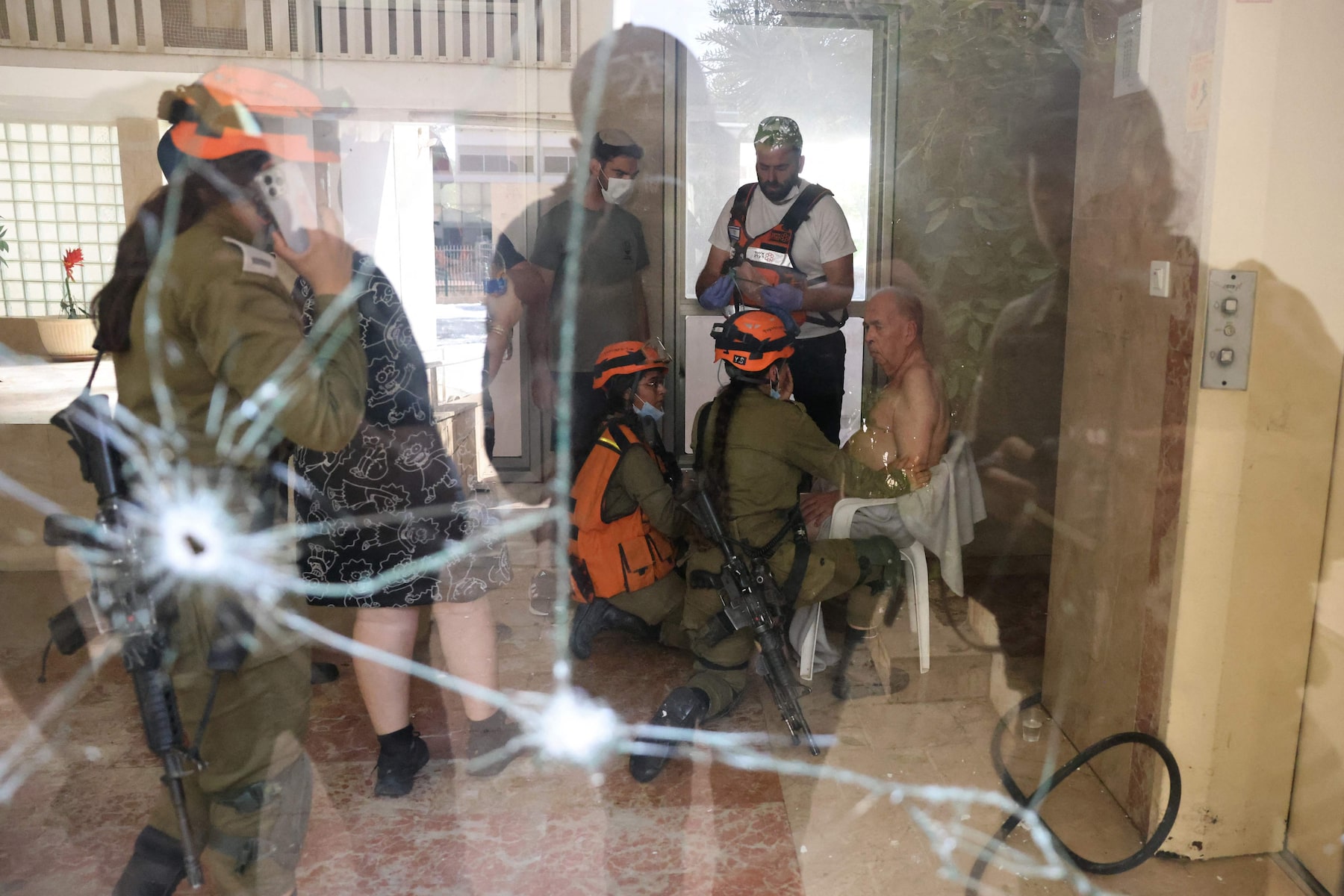
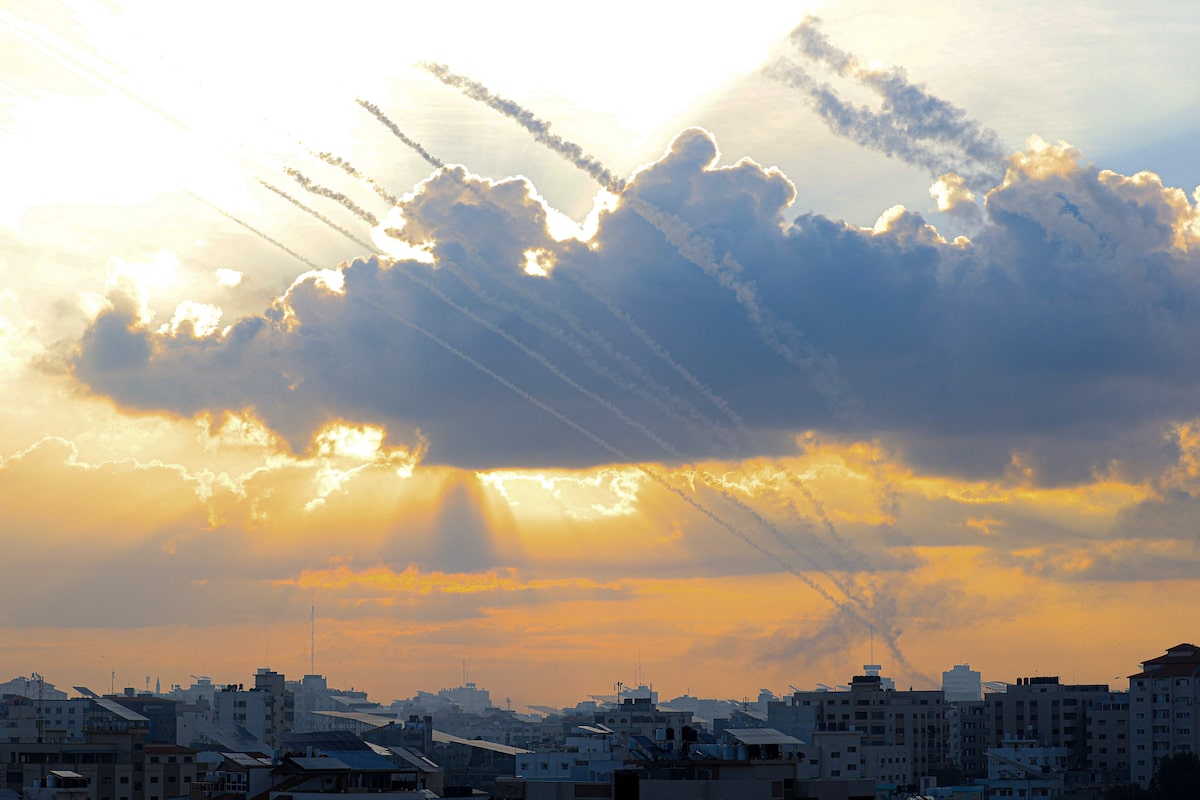
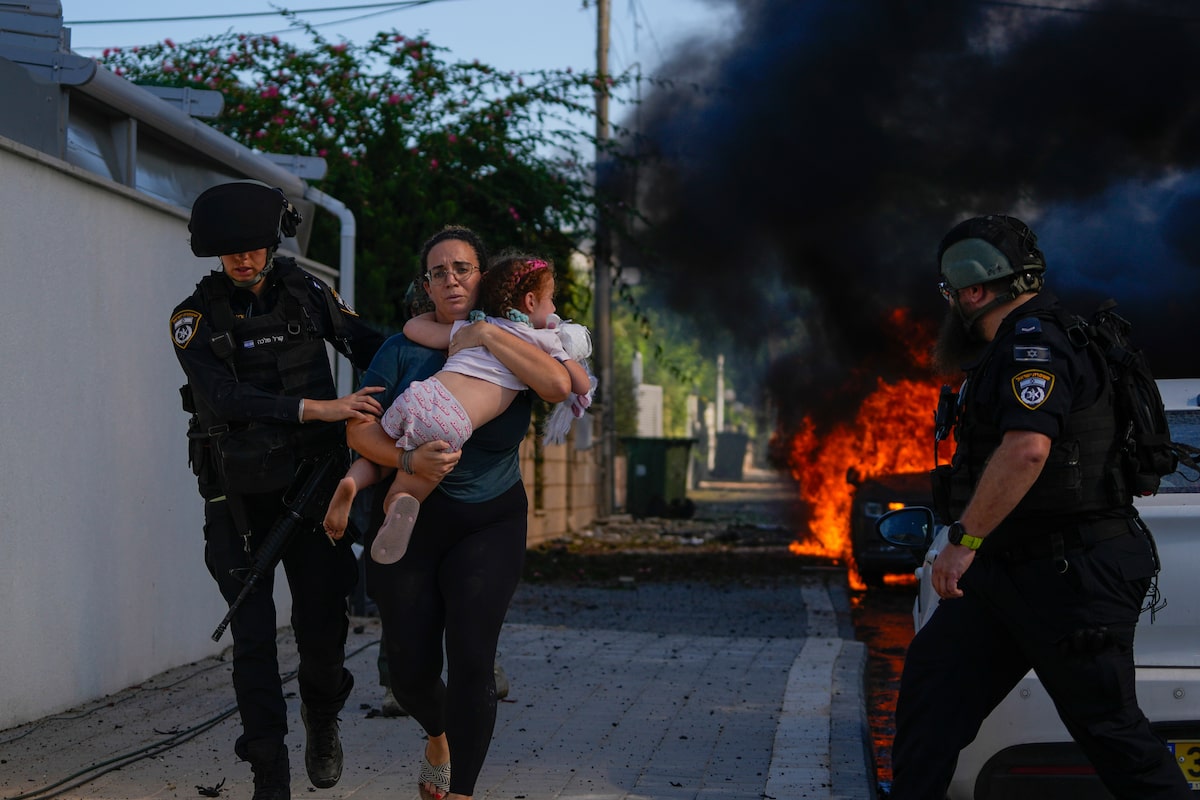
Day 2: Israel strikes back
On Oct. 8, Israel formally declared war against Hamas as bombardments of Gaza killed hundreds more people. Air strikes levelled dozens of units of residential housing, according to United Nations estimates.
As Israel’s allies condemned Hamas, U.S. President Joe Biden dispatched warships to the eastern Mediterranean and promised new military aid to Israel. Prime Minister Justin Trudeau demanded the release of all hostages as Canada investigated reports that its citizens might be among the captives.
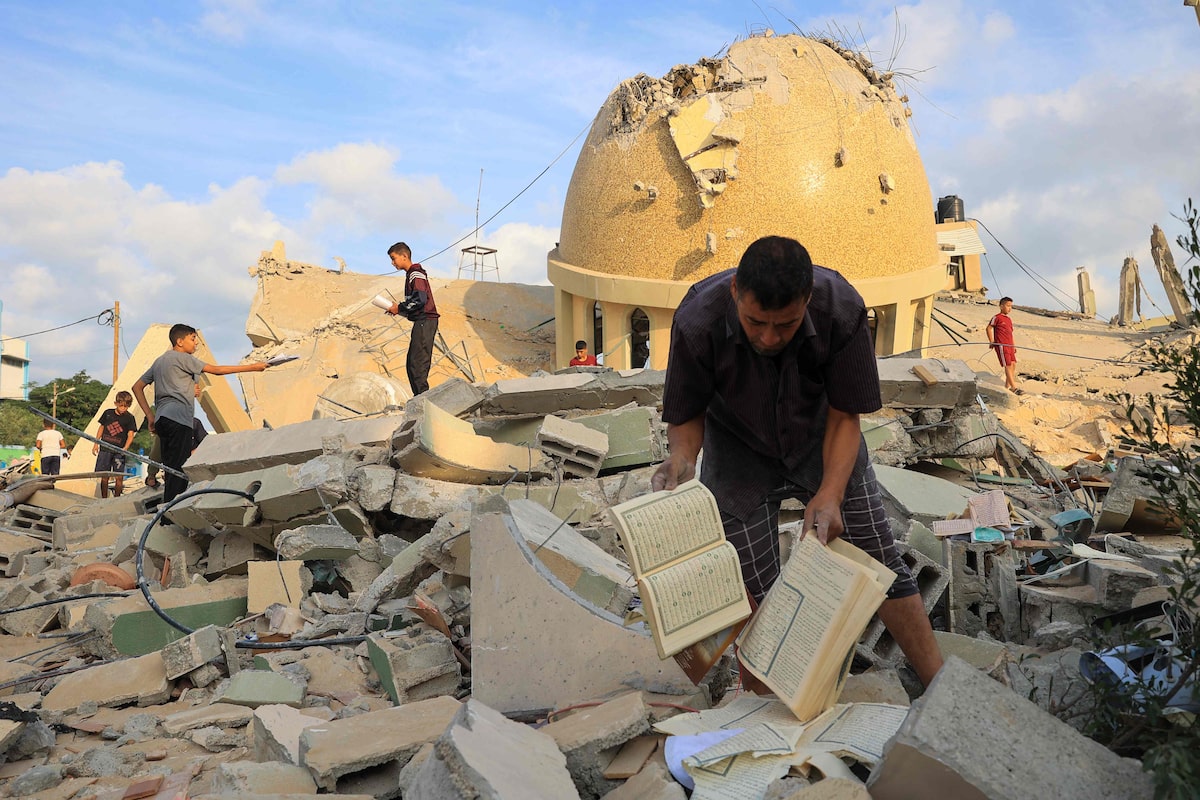
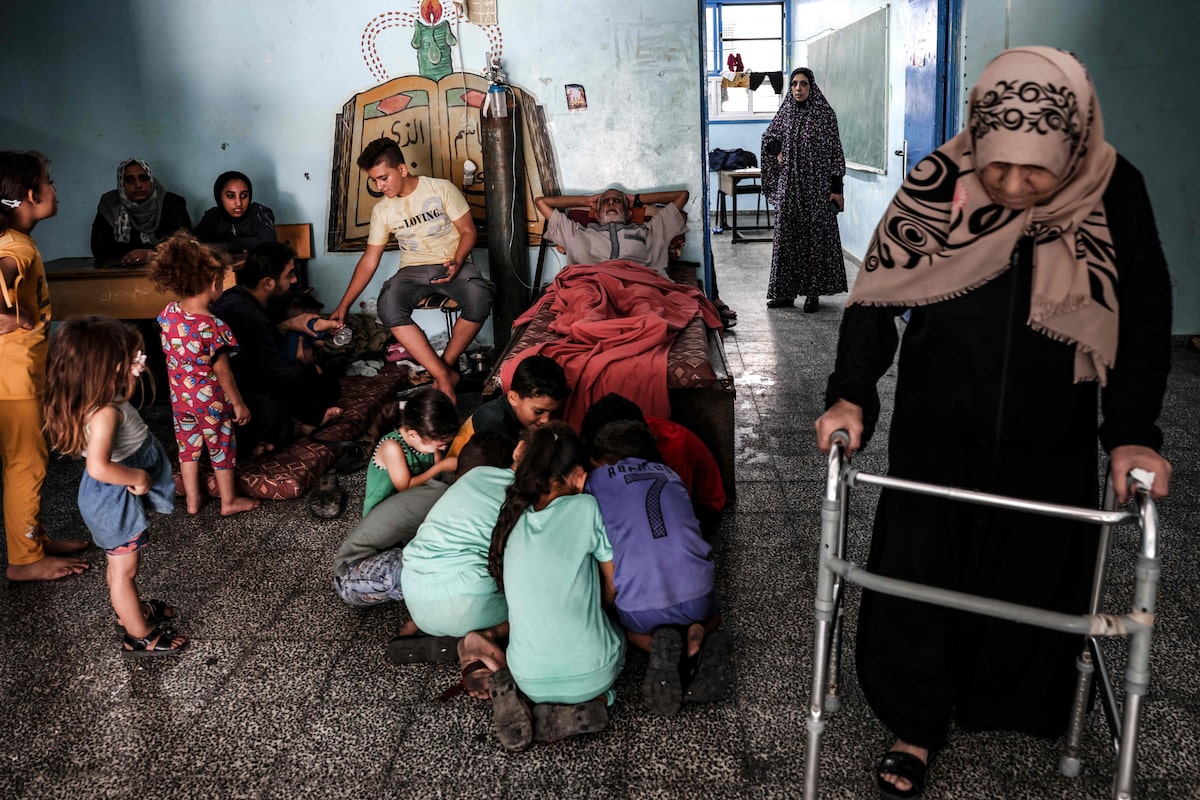
Day 3: Reality of war sinks in
Israel declared a “full siege” of Gaza on Oct. 9 as Hamas threatened to execute hostages unless attacks on Palestinian civilians stopped. Meanwhile, Qatari mediators were working to secure the release of Israeli women and children in exchange for Palestinians in Israeli jails, Reuters reported, citing a source briefed on the talks.
Family and friends of Alexandre Look, a 33-year-old Montrealer, confirmed that he was one of the victims at the music festival.
Opinion from Marsha Lederman: No, your Jewish and Palestinian friends are not okay
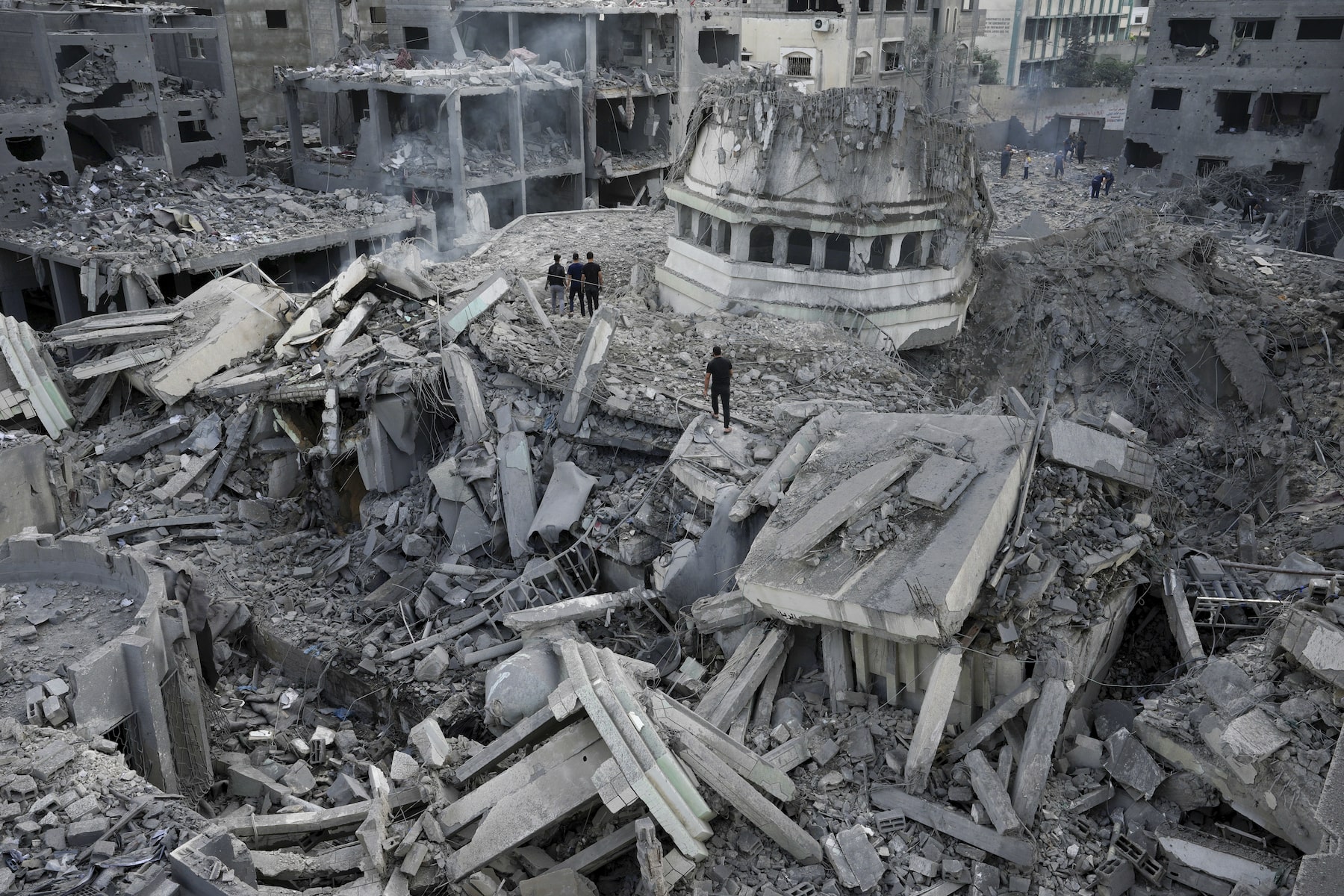
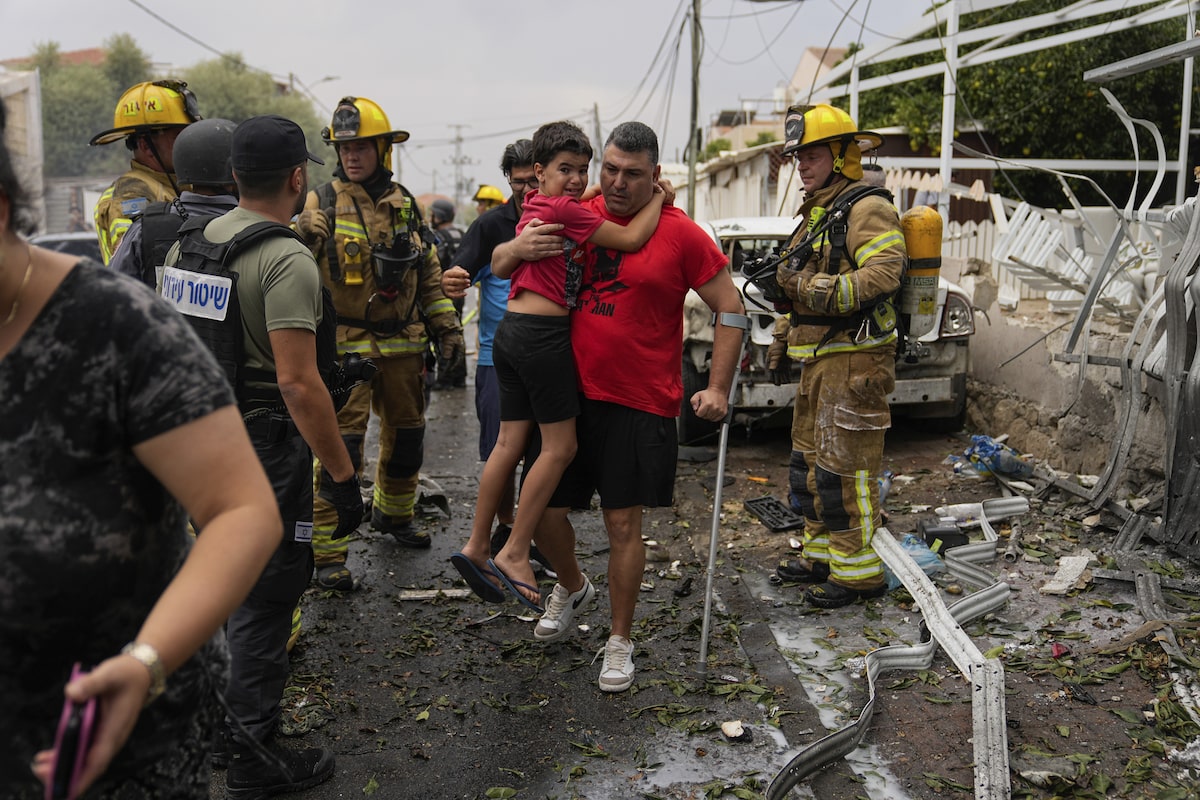
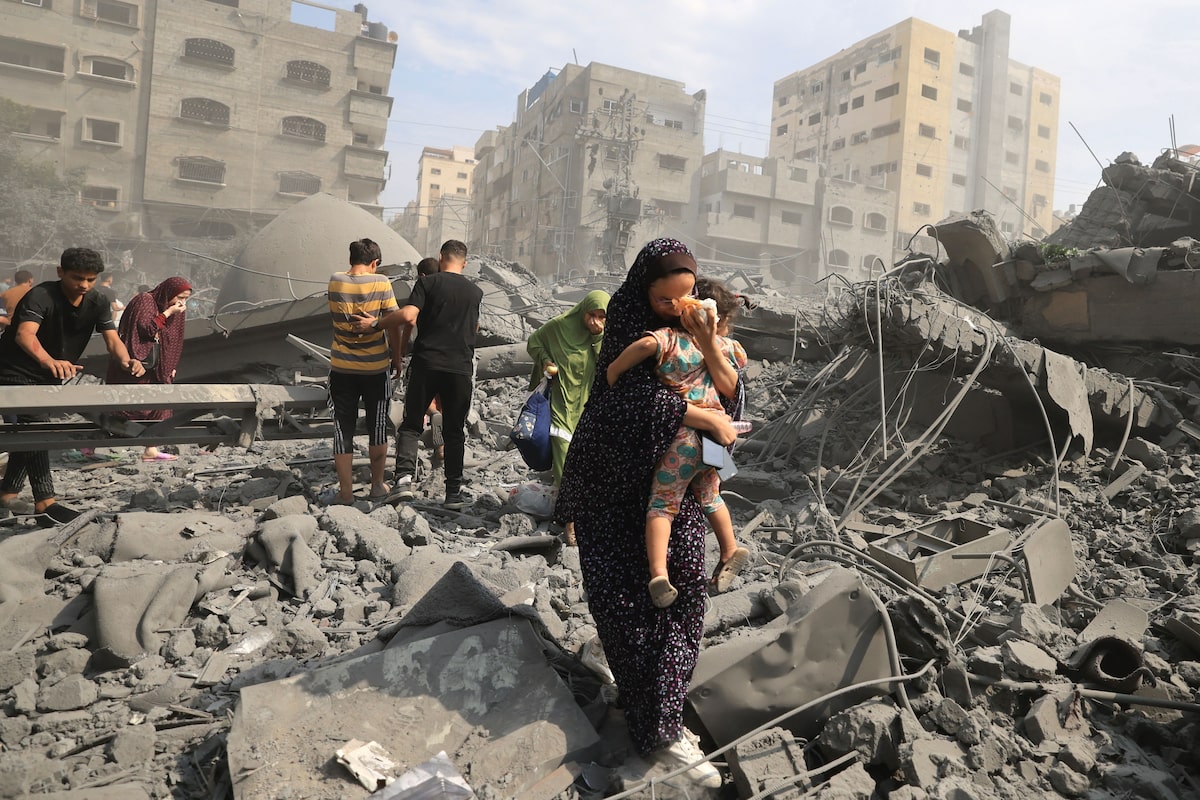
Day 4: The net tightens
By Oct. 10, Israel said it had secured Gaza’s entire border as troops massed along it for an expected ground assault. Up north at the Lebanese border, the risk of an escalating regional war grew as Israeli and Hezbollah forces traded fire.
Canada’s Foreign Affairs Minister confirmed plans to have military aircraft fly citizens out of Tel Aviv “in the coming days.” Canadians also learned of a second confirmed death in the Hamas attacks: Ben Mizrachi, 22, of Vancouver.
Opinion from Shlomo Ben-Ami: The destructive hubris of Netanyahu
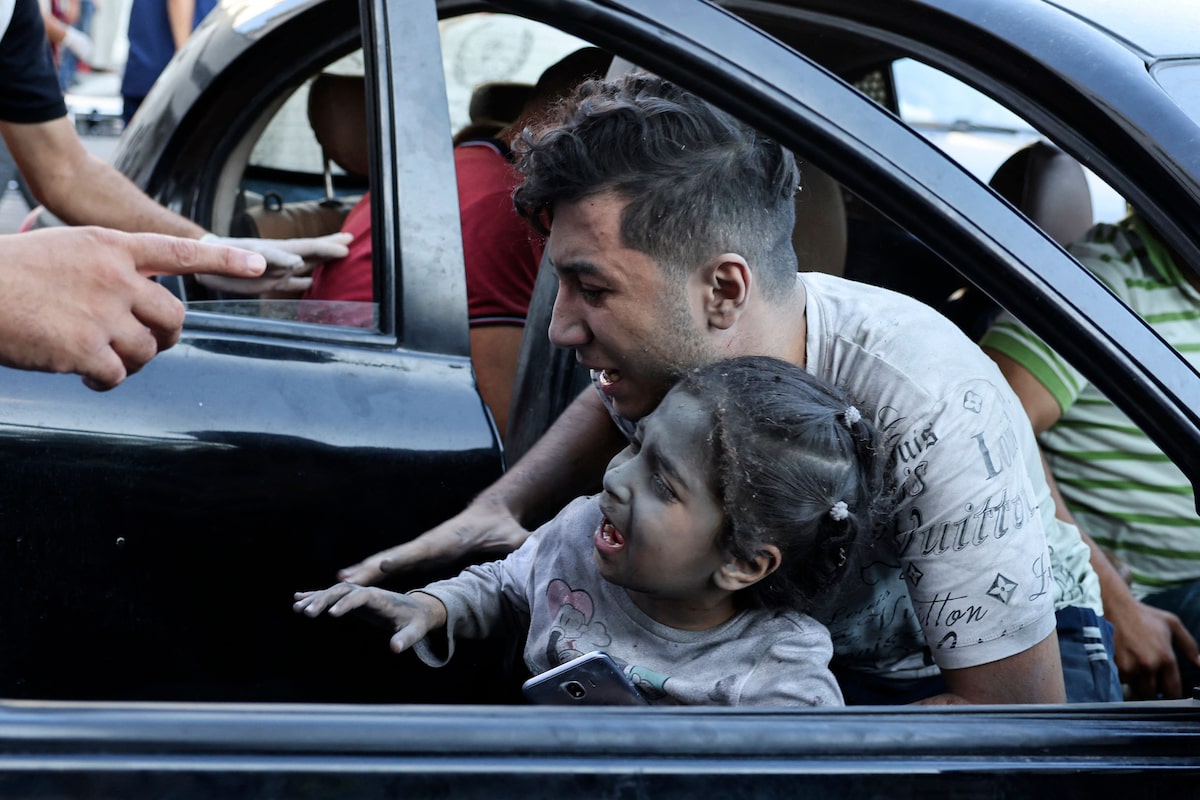
Day 5: Knesset mobilizes, Israelis mourn
Israel’s legislators formed an emergency unity government and war cabinet on Oct. 11 as military jets continued the bombardment of Gaza. In communities like Be’eri, a kibbutz where Hamas killed as many as 120 people, authorities took stock of the horrors left behind from Oct. 7’s attacks.
Canada’s first evacuation flight from Israel, a privately chartered Dash 8, left Haifa on Oct. 11 as the federal government arranged for airlifts out of Tel Aviv by the end of the week. In Ottawa, family and friends mourned a third confirmed Canadian casualty, 33-year-old Adi Vital-Kaploun.
More: Loved ones recount horror of Canadian shot by Hamas in front of children
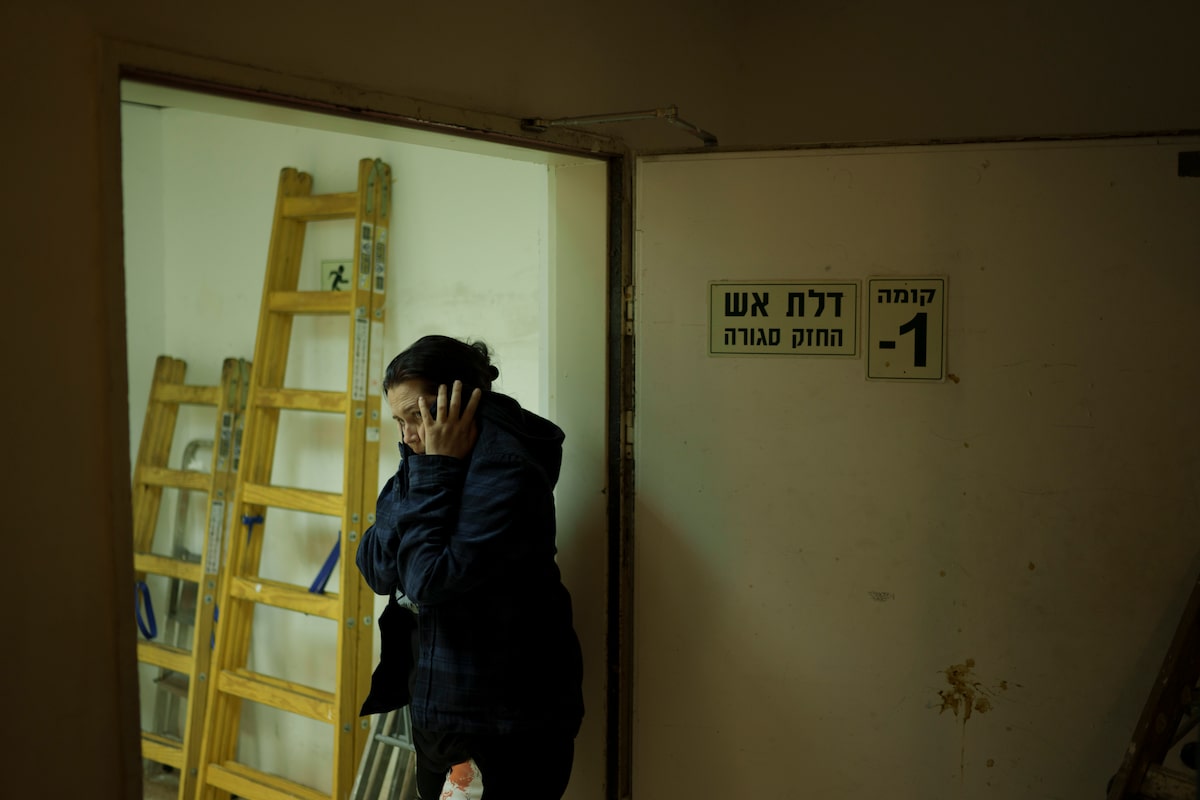
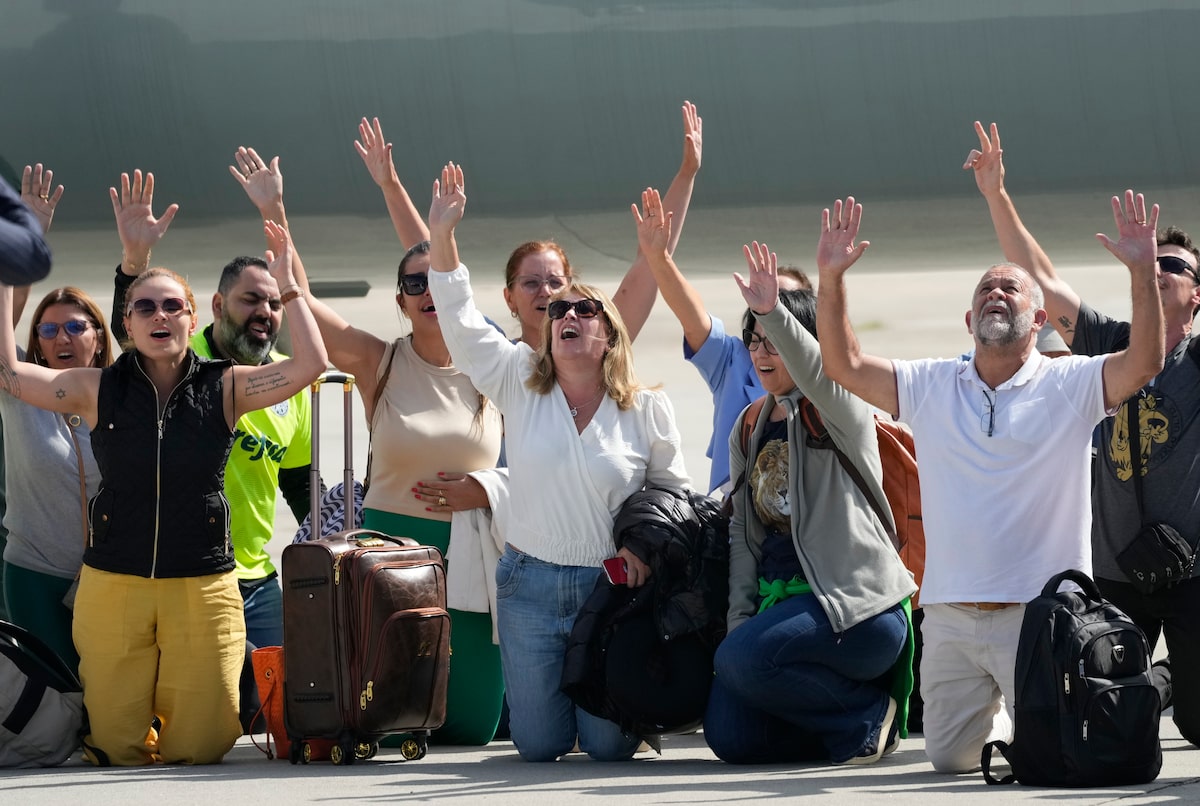
Day 6: A helping hand
U.S. Secretary of State Antony Blinken visited Tel Aviv on Oct. 12 to reassure Israelis of Washington’s support in the conflict with Hamas and efforts to free hostages in Gaza.
Ottawa pledged another $10-million in humanitarian aid as a planeload of 130 Canadians, the first government-sponsored evacuees from the conflict zone, left Tel Aviv for Athens.
Opinion from Yossi Klein Halevi: A reborn Israel faces terrifying options
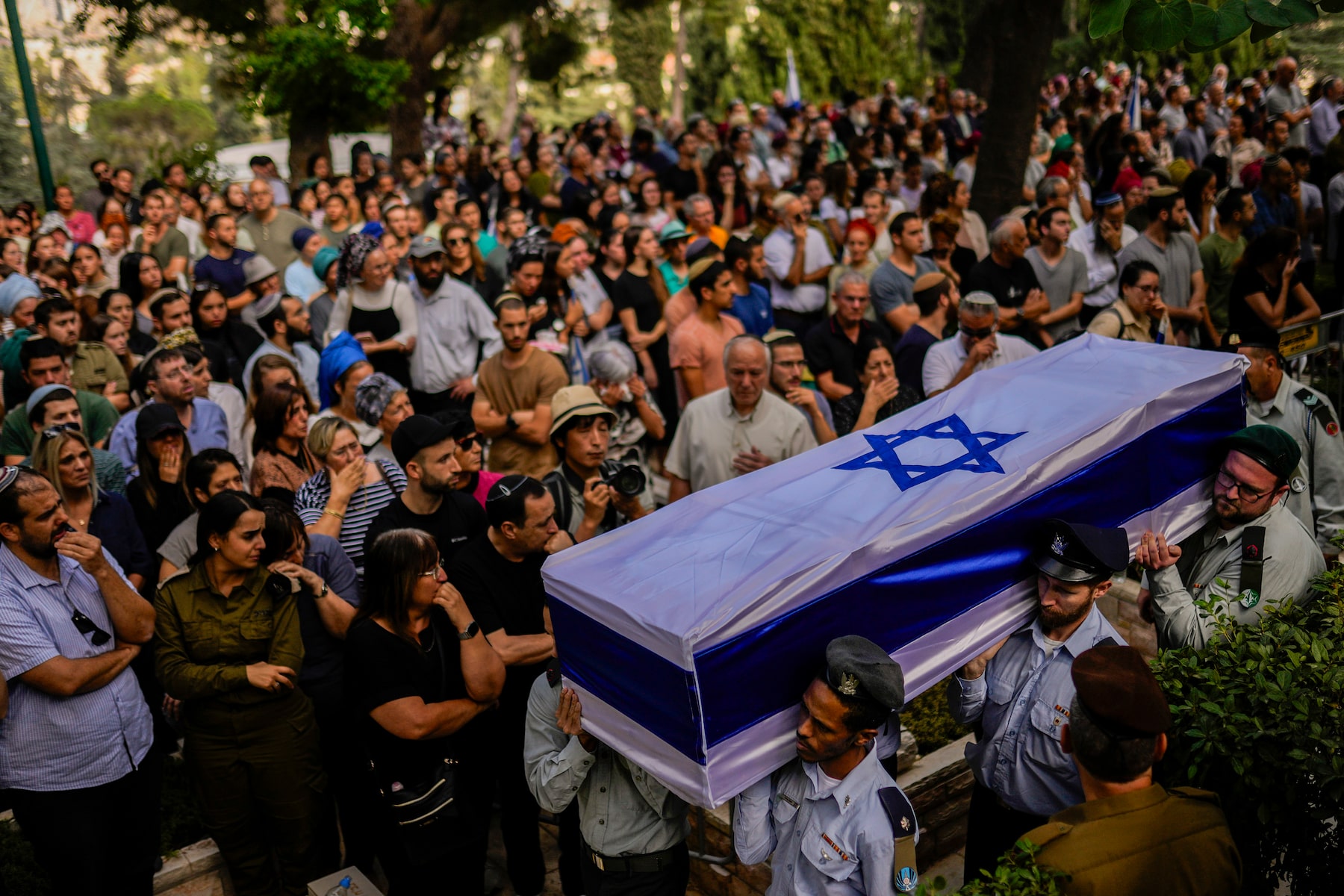
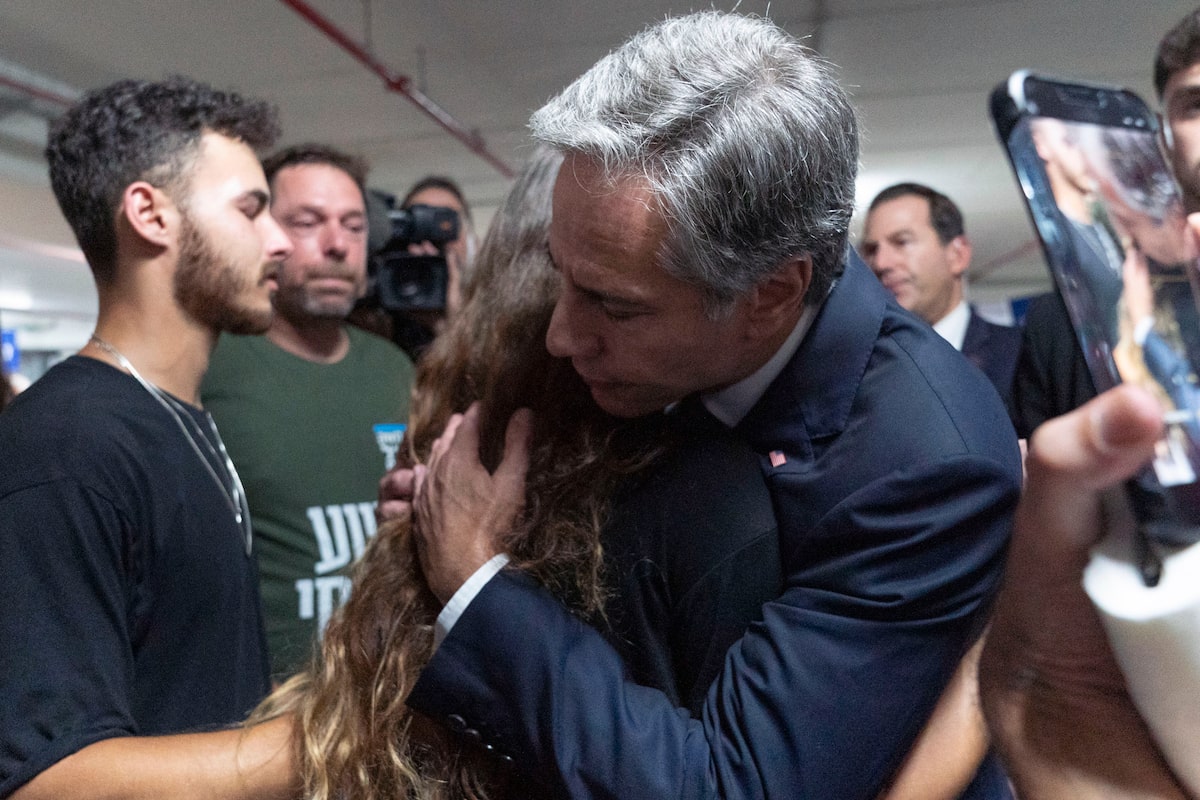
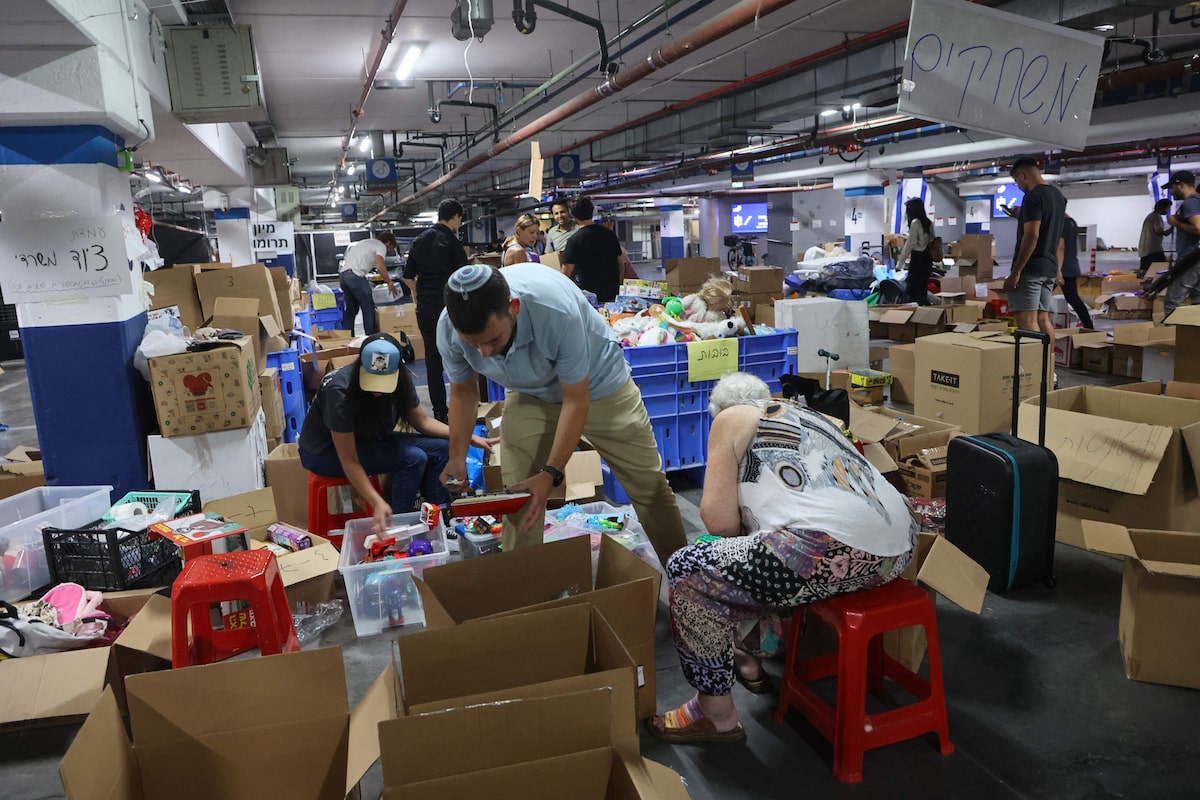
Day 7: The southward scramble
Israel’s military gave people in northern Gaza 24 hours’ notice to move south on Oct. 13 “for their own safety and protection,” a move humanitarian groups said would cause panic and harm. The evacuation also raised fears in Egypt, Gaza’s southern neighbour, that a surge of refugees would soon break through.
Israeli shelling killed a Reuters videographer and wounded six other journalists in Lebanon on Oct. 13, where they were covering cross-border clashes with Hezbollah.
More: Israeli troops launch raid into Gaza as pressure escalates
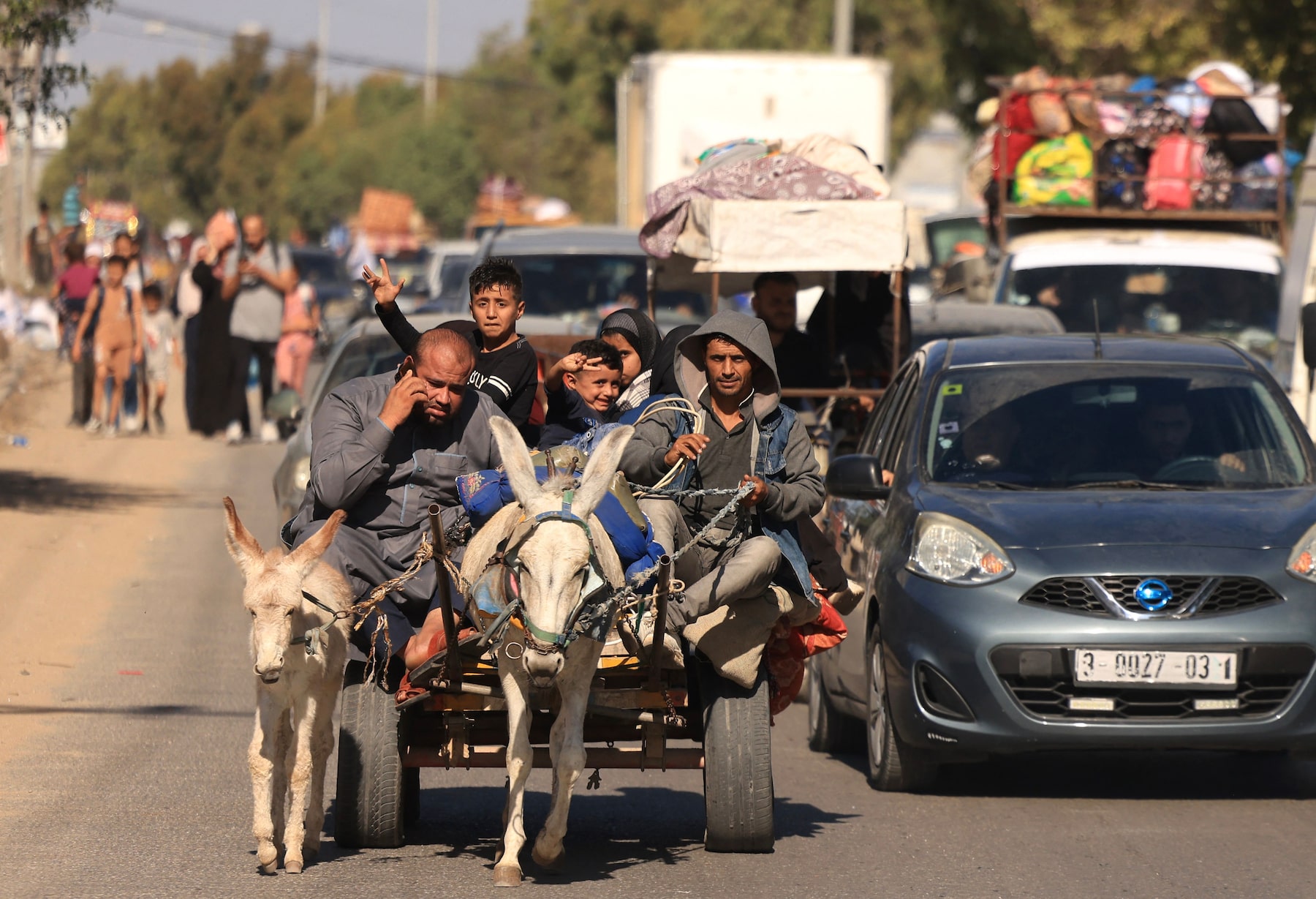
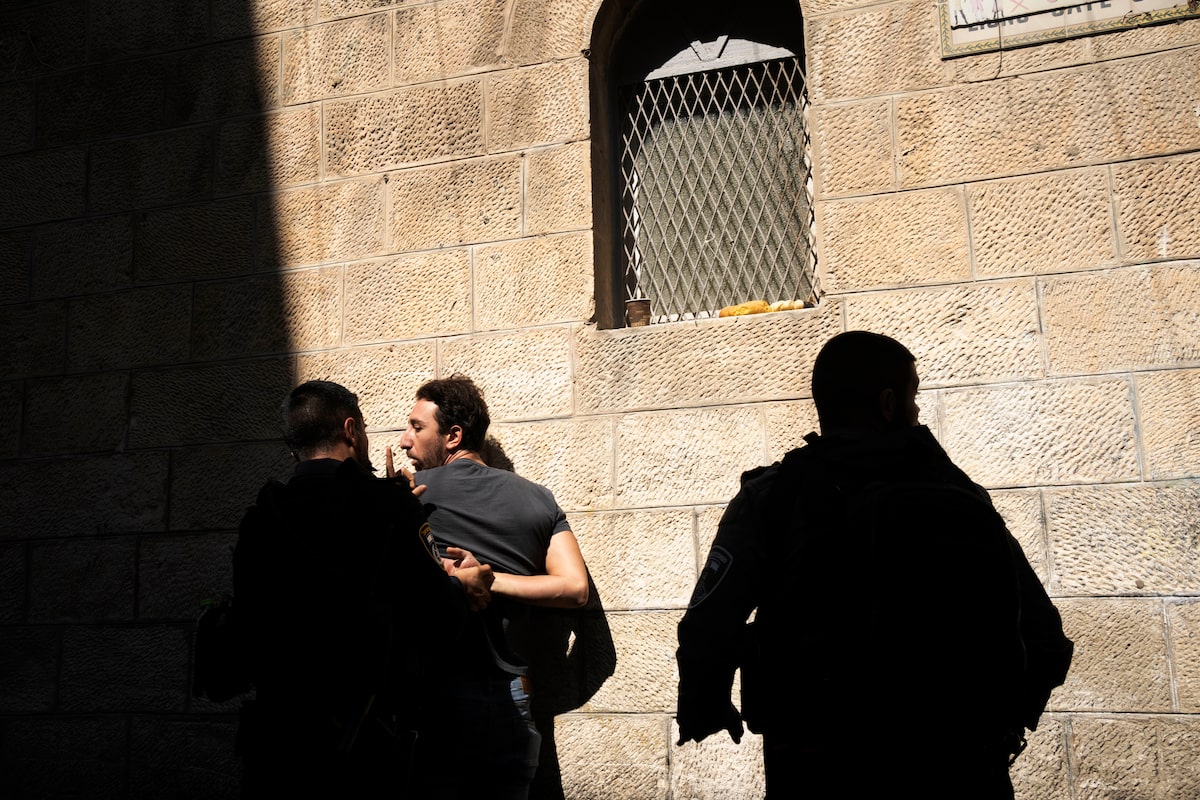
Day 8: No exit in Rafah
About 150 Canadians had hoped to leave the Gaza Strip via Rafah on Oct. 14, only to be trapped by the apparent failure of an international deal to briefly open the Egyptian border crossing to foreign nationals.
Family of Shir Hanna Georgy, a dual Canadian-Israeli citizen, identified her as the fourth Canadian killed in the conflict. Her aunt shared a short video of the 22-year-old and other attendees of the music festival hiding from Hamas forces.
More: In Lebanon, some rush to leave as possible Israel retaliation against Hezbollah looms
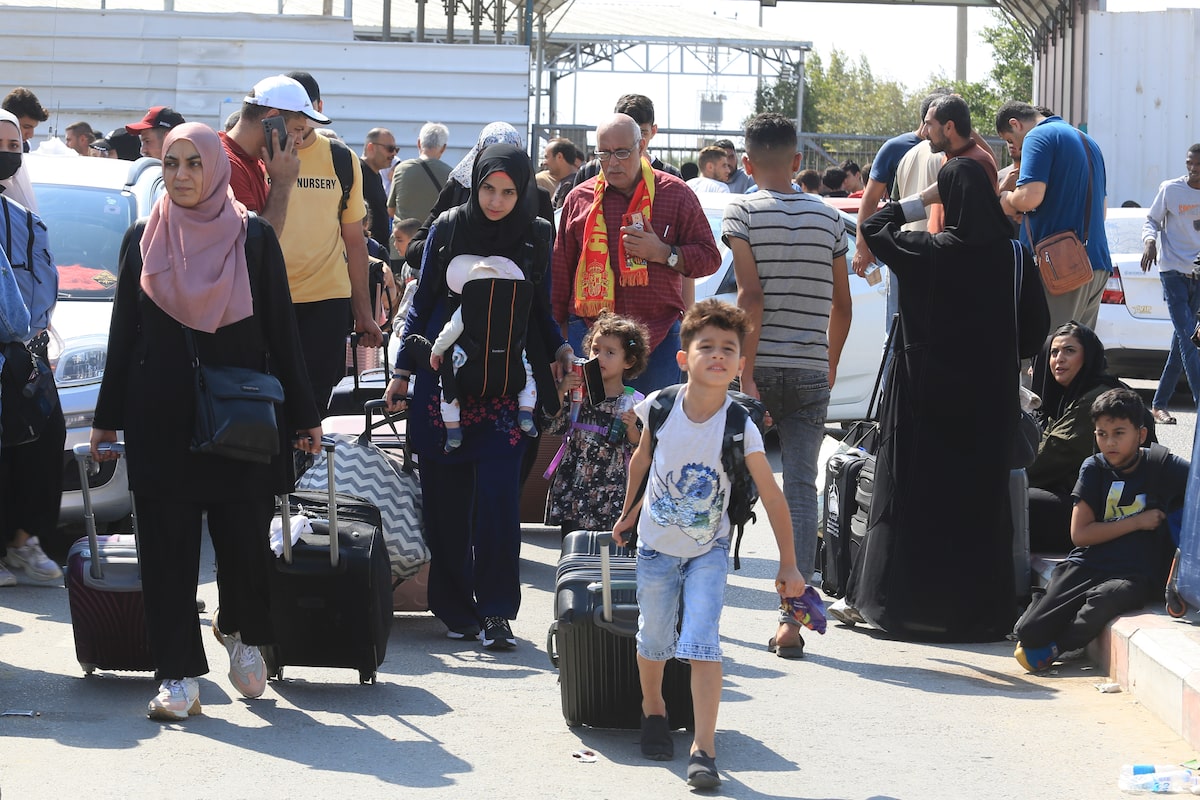
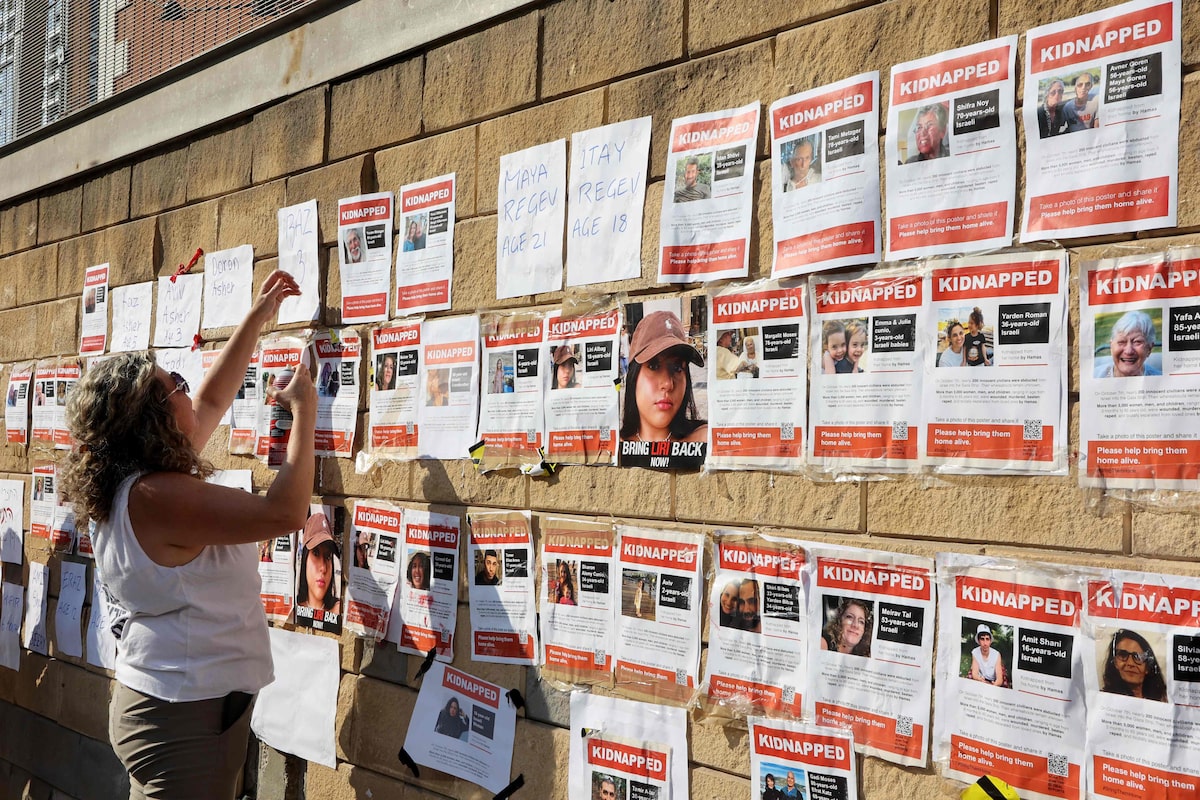
Day 9: Thirst and sickness
With supplies of water, food and medicine badly depleted in Gaza, the United Nations warned on Oct. 15 that, without action, the Israeli blockade would be “a death sentence” for thousands of sick and injured Palestinians. Some hospital staff in northern Gaza were defying Israel’s order to evacuate south before the expected ground offensive begins.
Israel’s consul-general in Toronto identified Canada’s fifth casualty as Netta Epstein, 21, who leapt on a grenade to protect his girlfriend when militants threw the explosive into his family home.
More: Jewish groups in Poland angered by comparison of Palestinian attack to Warsaw ghetto uprising
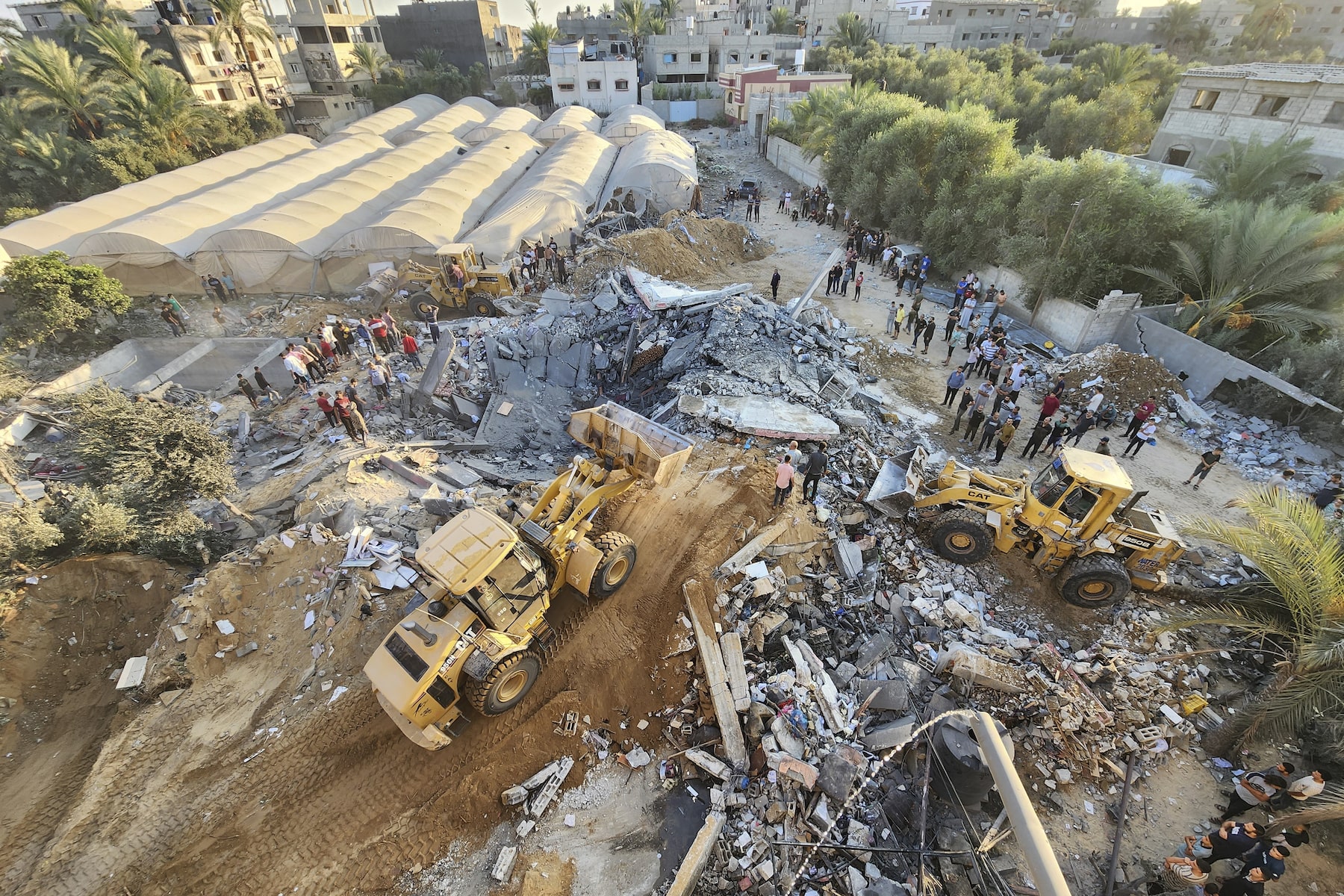
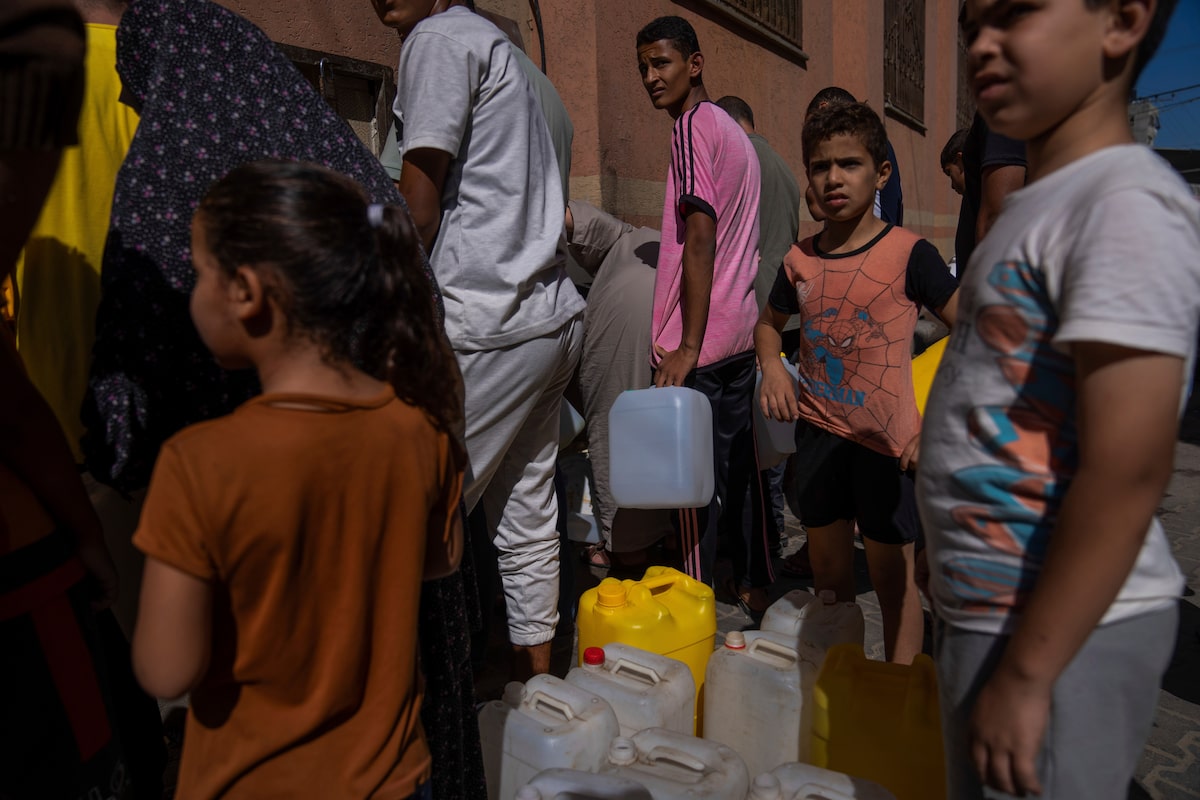
Day 10: Rescue in the west, gridlock in the south
Twenty-one Canadians evacuees from the West Bank reached Jordan safely on Oct. 16, Foreign Affairs Minister Mélanie Joly confirmed after a bus trip believed to be the first evacuation of foreign nationals from that area. About 100 Canadian citizens, permanent residents and their families in the West Bank, and 300 in the Gaza Strip, have officially sought Canada’s help getting out.
Meanwhile, dozens of aid trucks sat idle on the Egyptian side of Gaza’s southern border, waiting for Israeli restrictions to lift so they can bring Palestinians desperately needed water and medicine.
More: Many in Lebanon dread war with Israel as tensions escalate
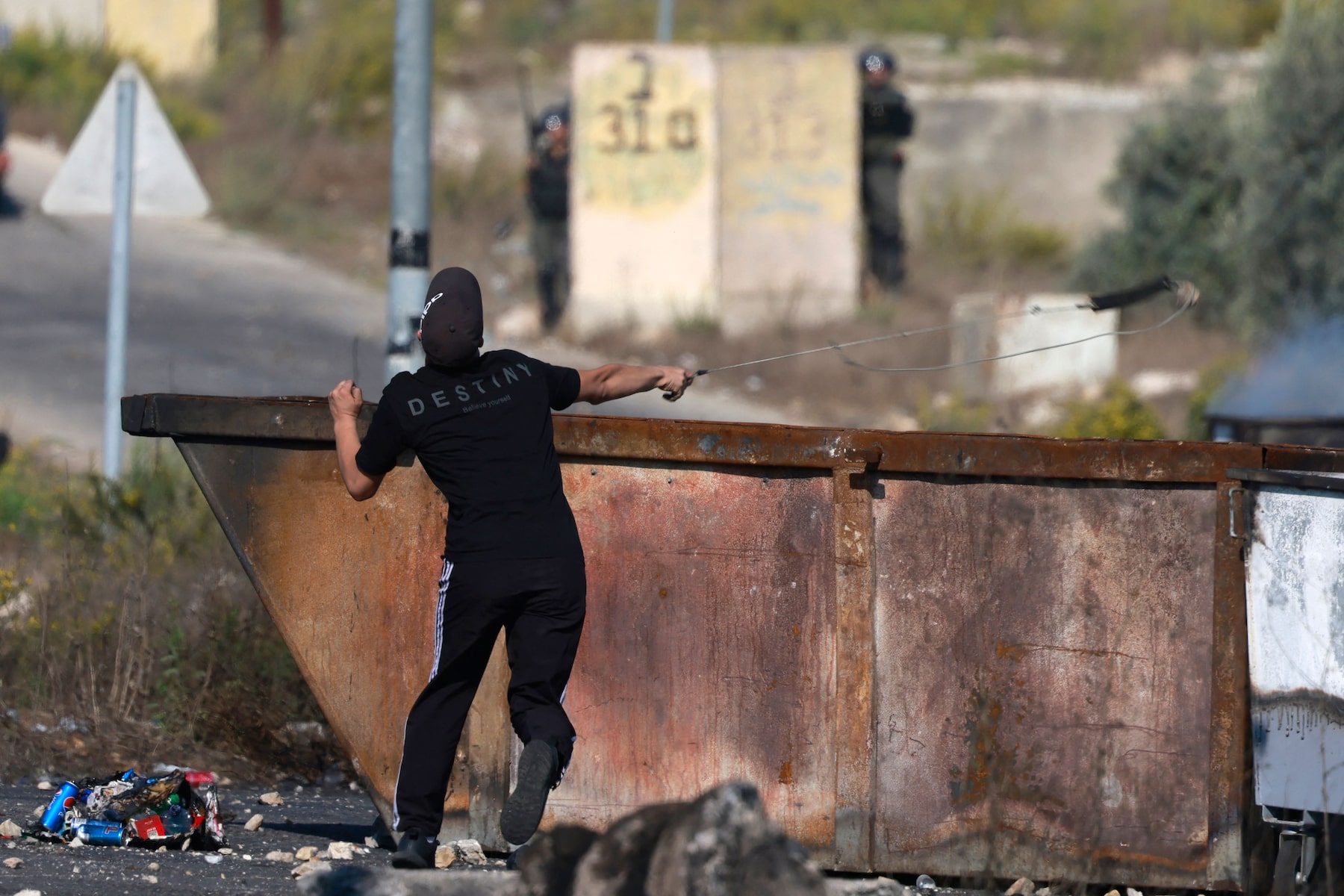
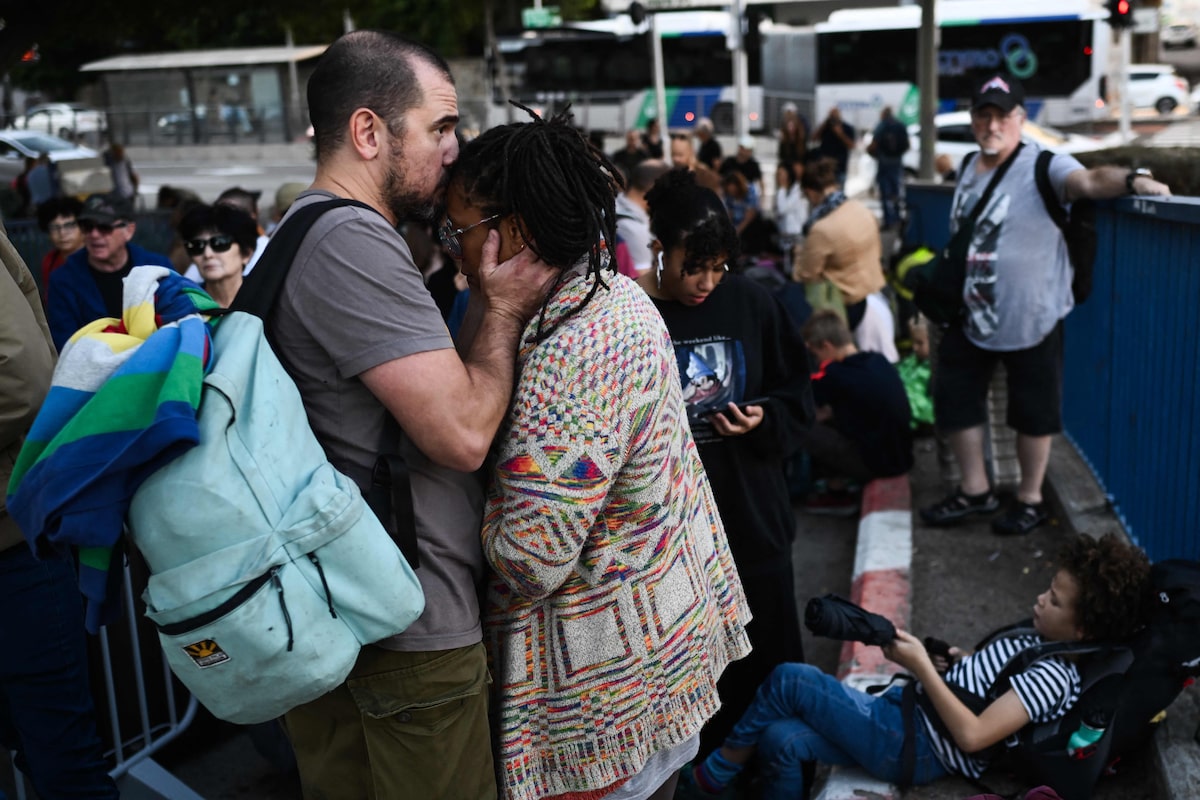
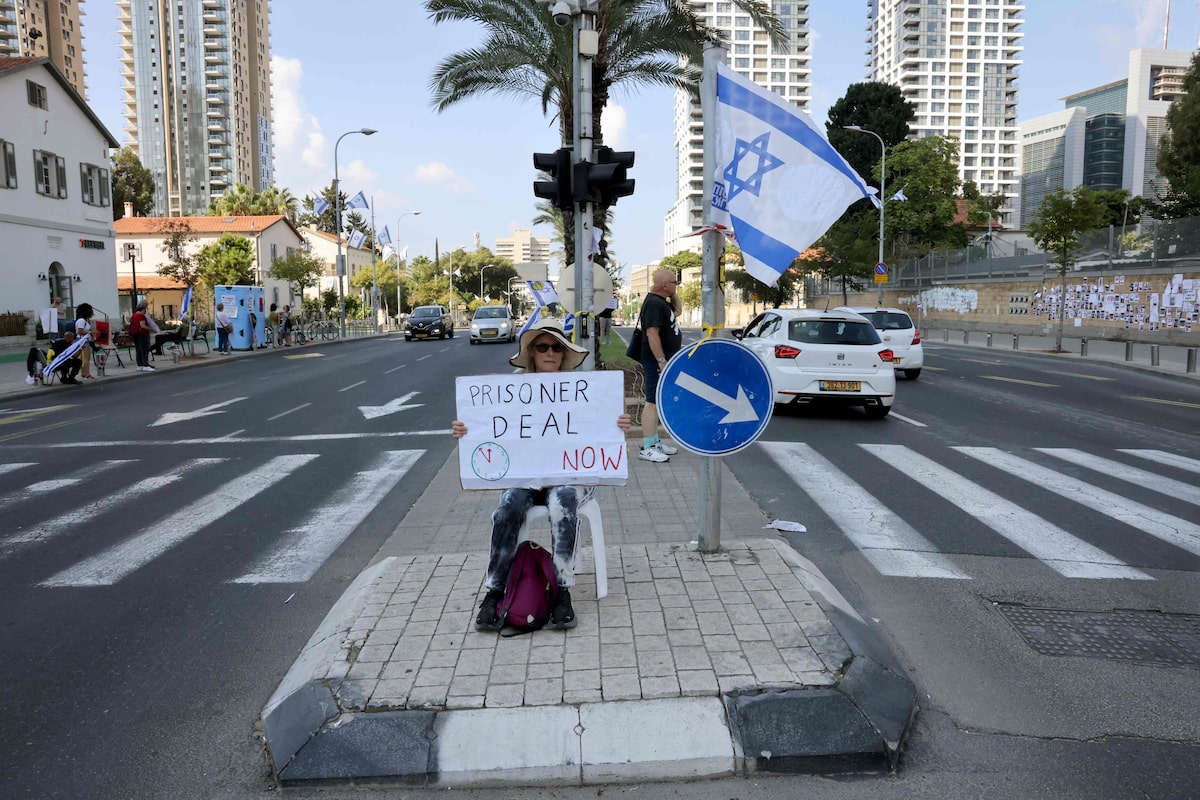
Day 11: The hospital horror
Rocket fire killed hundreds of people at Gaza City’s al-Ahli hospital on Oct. 17, with health officials blaming Israel and the Israeli military blaming a misfire by Islamic Jihad militants. It was the single deadliest event reported in Gaza since the war began, a grim end to a day when the estimated Palestinian death toll passed 3,000. The al-Ahli tragedy led Jordan to cancel talks in Amman with the Palestinian, Egyptian and U.S. leaders.
Canada named its sixth confirmed casualty of the Hamas attacks: Tiferet Lapidot, 22, an attendee at the Oct. 7 music festival.
More: UN agency warns of ‘chilling’ situation facing pregnant women in Gaza
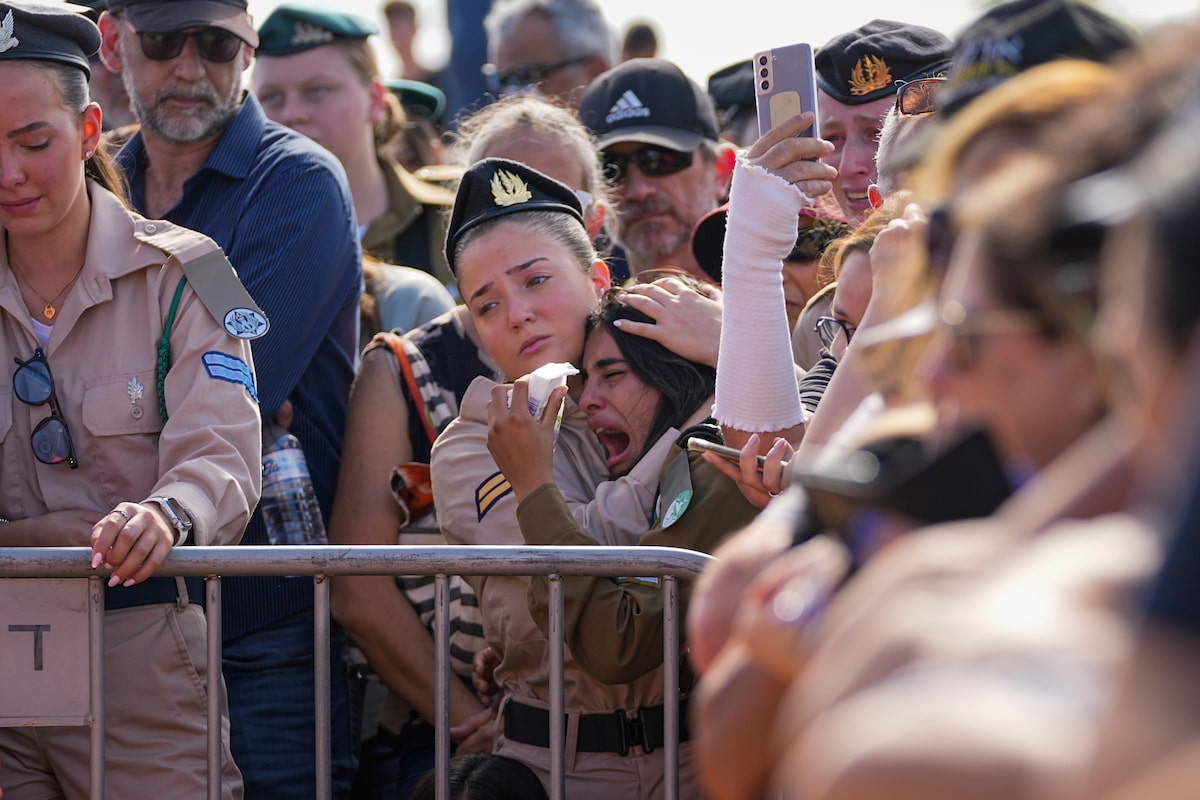
Day 12: Backup from Biden
“I come to Israel with a single message: you are not alone,” the U.S. President said on his Oct. 18 visit to Tel Aviv. He announced new military aid to Israel and a deal to open Gaza’s southern border to the truckloads of water, food and medicine waiting on the Egyptian side.
Back in Washington, the White House said U.S. intelligence showed Israel was not to blame for the al-Ahli explosion in Gaza City the night before. That assessment was based on “analysis of overhead imagery, intercepts and open source information,” a National Security Council spokesperson said on social media.
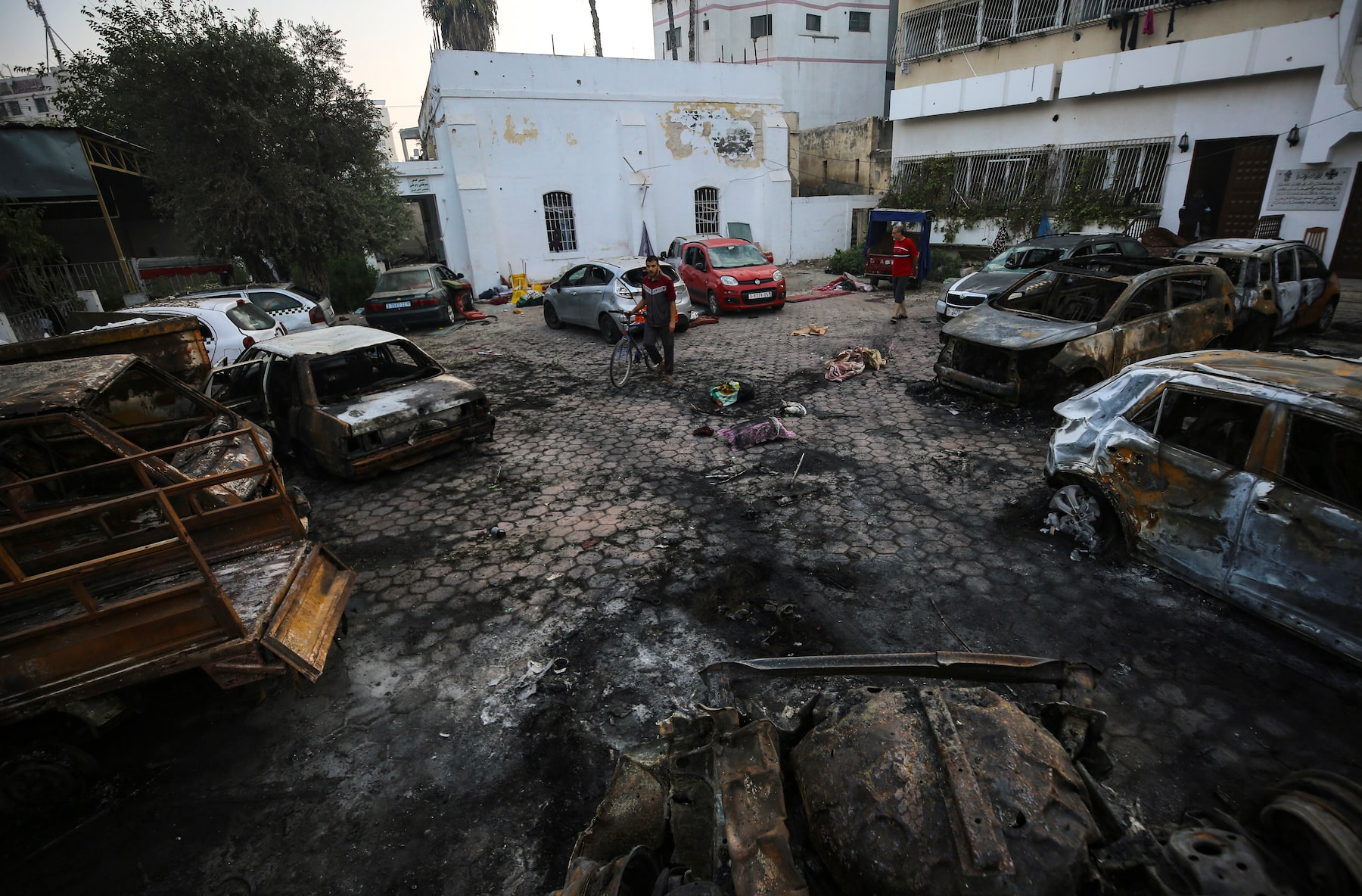
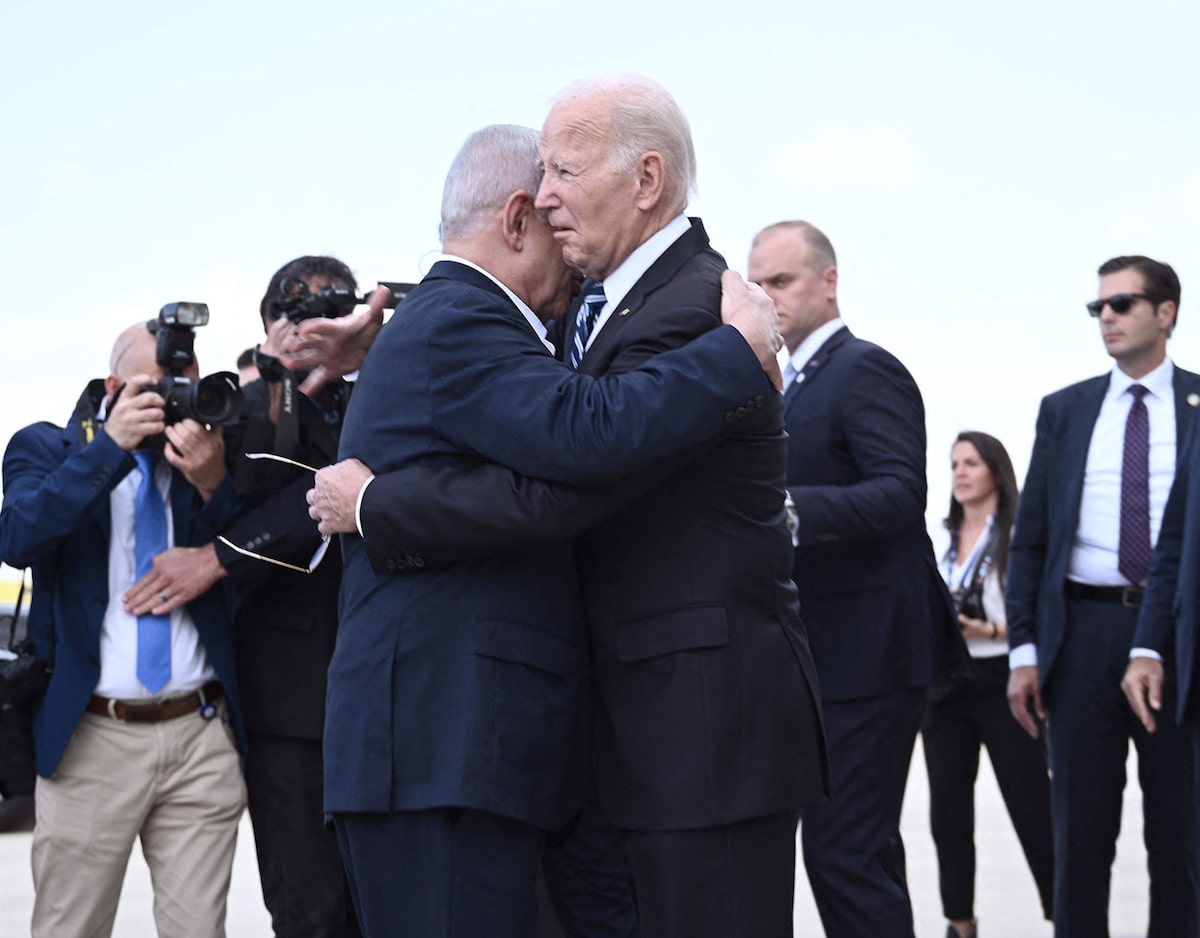
Day 13: The West Bank raid
Israeli forces arrested Hamas’s co-founder on Oct. 19 in a West Bank raid launched hours after The Globe and Mail interviewed him. Sheik Hassan Yousef had said Hamas’s military wing didn’t warn him what they were planning on Oct. 7, and that “mistakes” were made that day, but he believed hostages might be freed in exchange for a 24-hour ceasefire. Israel’s foreign-affairs ministry dismissed the idea in an e-mail to The Globe after Sheik Yousef’s arrest: “Hamas lies in everything it says.”
More: For Arabs in Israeli town of Abu Ghosh, a life ‘caught in the middle’ of the religious divide
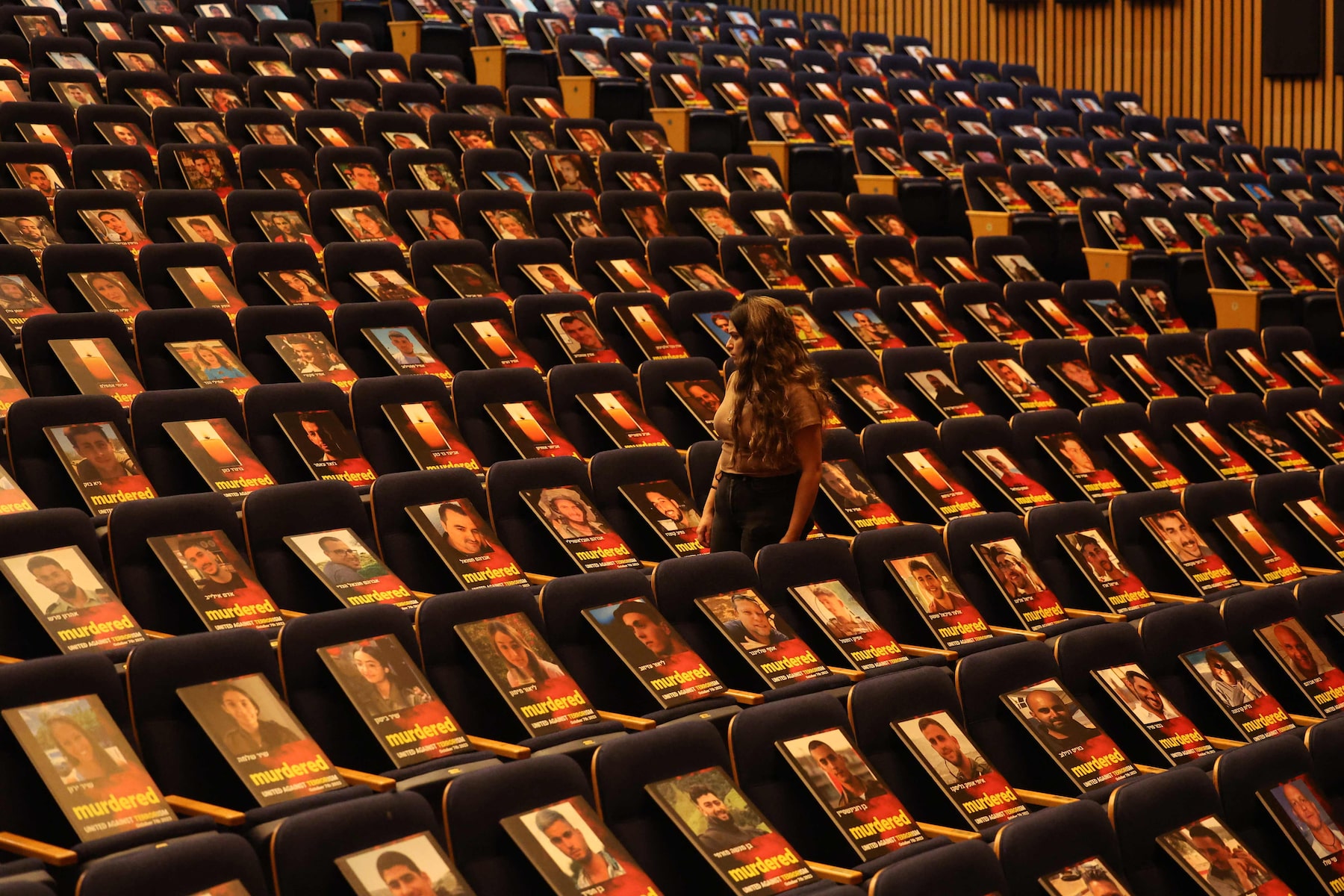
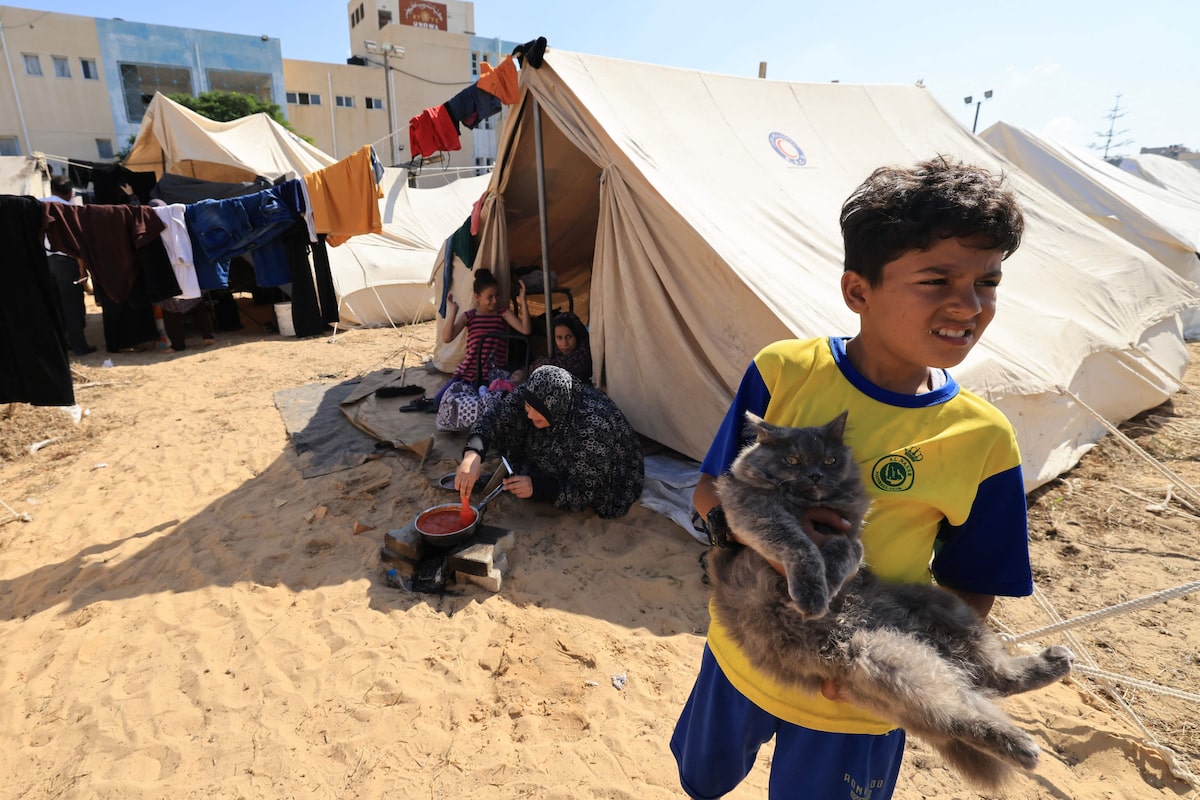
Day 14: Hints of Israel’s endgame
The final phase of Israel’s war against Hamas will be the “removal of Israel’s responsibility for life in the Gaza Strip,” Defence Minister Yoav Gallant told lawmakers on Oct. 20, the first time a top Israeli official had spoken so publicly about postwar plans. That day, his ministry ordered the evacuation of the largest town near the Lebanese border, Kiryat Shmona, a signal that the ground offensive into Gaza might soon begin.
Hamas freed its first hostages since the war began, citing humanitarian reasons and mediation efforts from Qatar. The American mother and daughter had been taken from Kibbutz Nahal Oz on Oct. 7.
Analysis: Israel-Hamas war puts Arab leaders on edge as domestic anger grows and region unravels
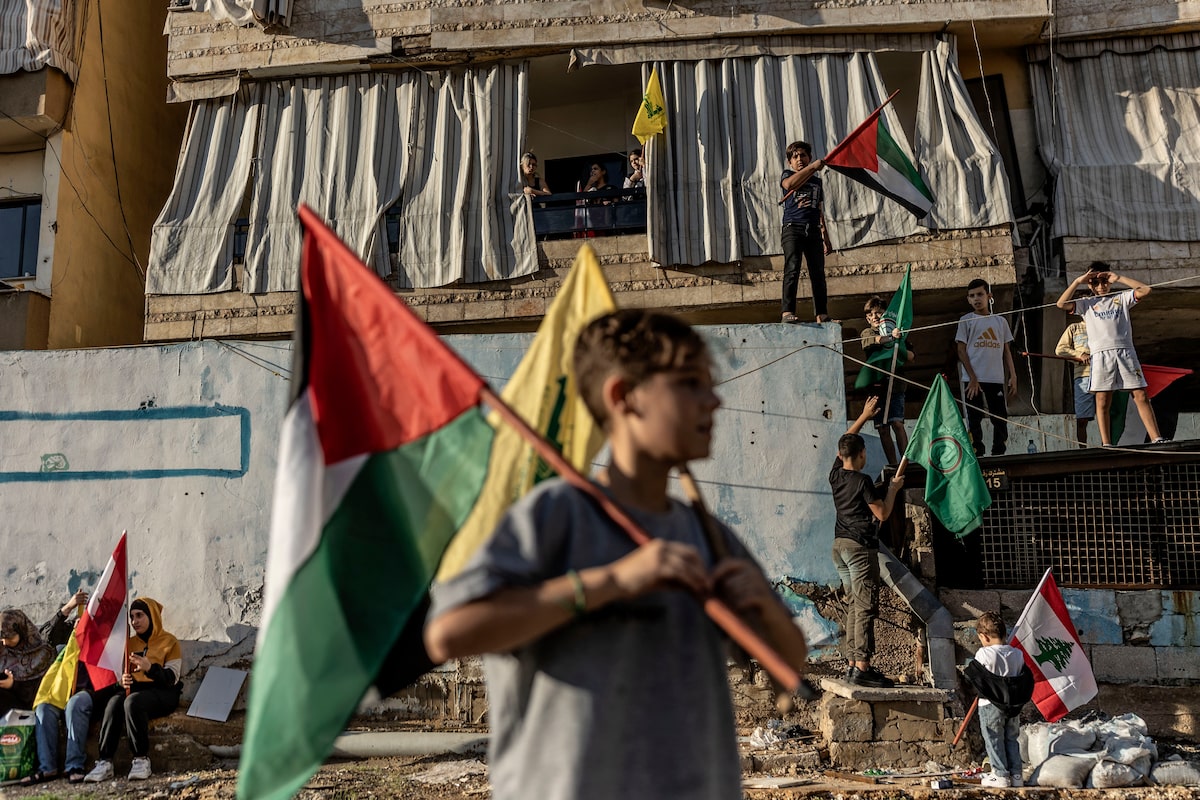
Day 15: A trickle of aid
Twenty trucks of humanitarian aid crossed the Rafah checkpoint on Oct. 21, and while UN agencies were glad to see supplies finally enter Gaza from Egypt, they said it was more symbolic than a real solution to the crisis. “We need continuous access,” Samer AbdelJaber, the Palestine Country Director for the World Food Program, said on social media. “People need food, water and medicine every day, not just once.”
More: Ottawa prepares for historic evacuation of Canadians from Lebanon
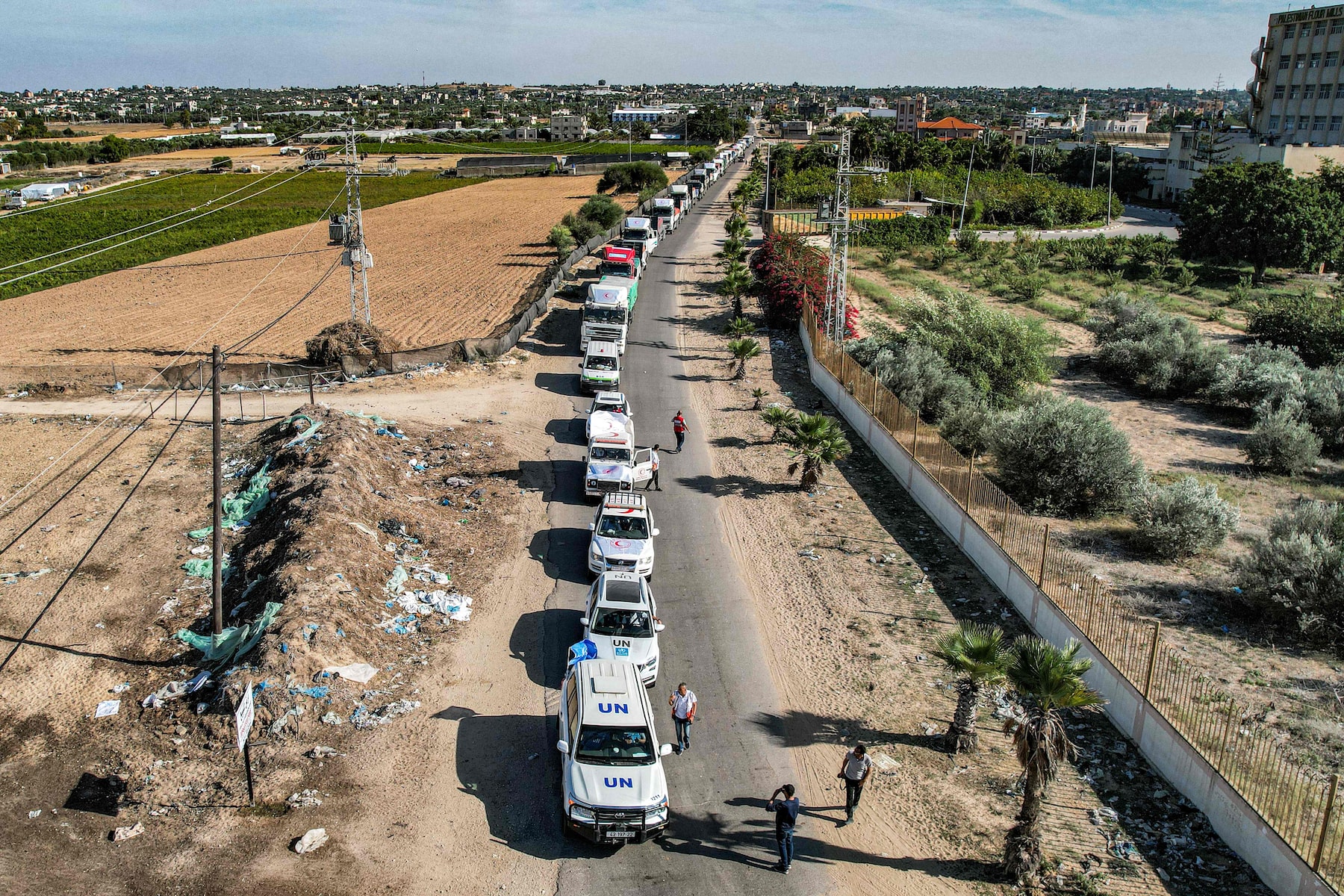
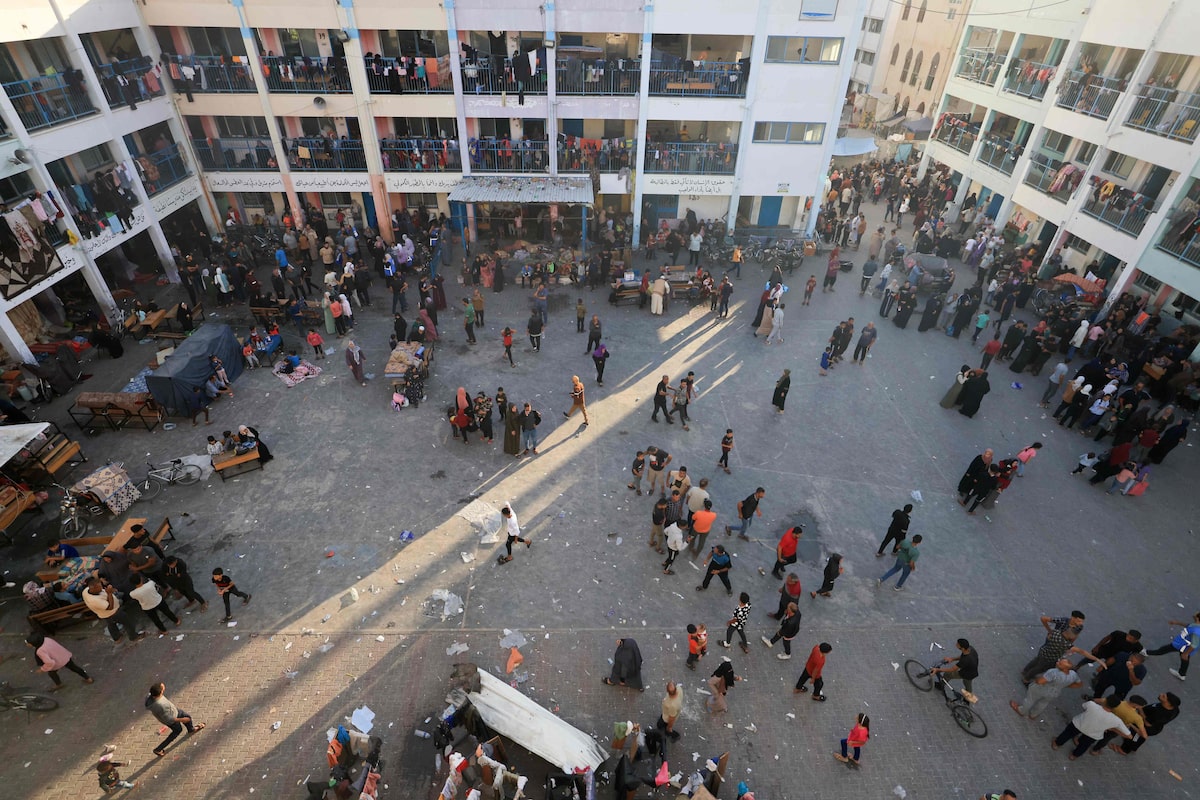
Day 16: Fire from above
Israel escalated its air war on Sunday, with warplanes striking more targets in the Gaza Strip, Lebanon and two airports in Syria. The U.S. secretaries of State and Defence said Washington would send more military personnel to aid Israel, and they would be prepared to defend themselves if attacked.
The Gaza Health Ministry raised the Palestinian death toll on Oct. 22 to 4,740 people – mostly women, children and older adults – compared with more than 1,400 estimated dead in Israel, most of whom were killed in the initial Oct. 7 attacks.
More: Once a haven for the LGBTQ community in the Arab world, Lebanon confronts a new hostility
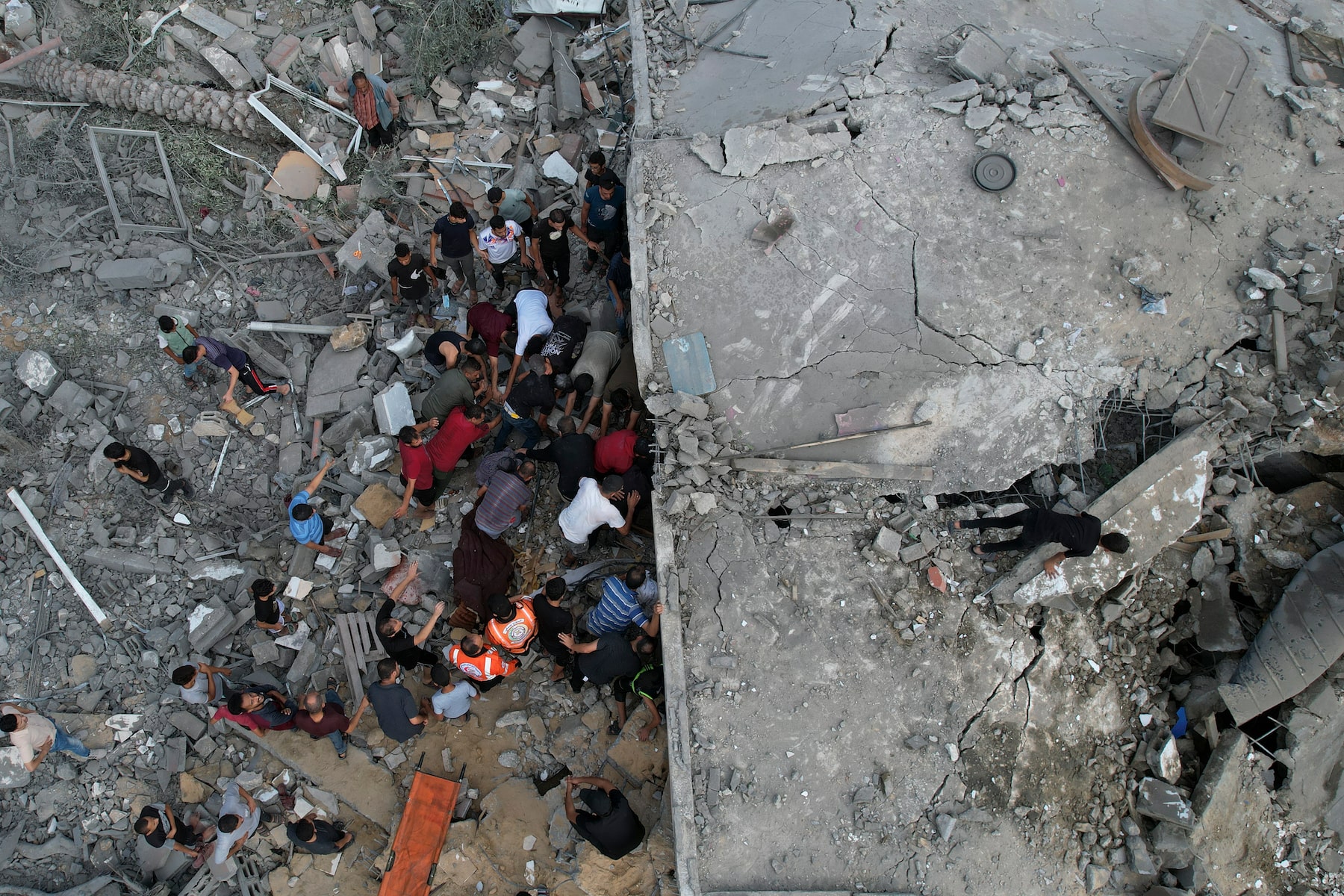
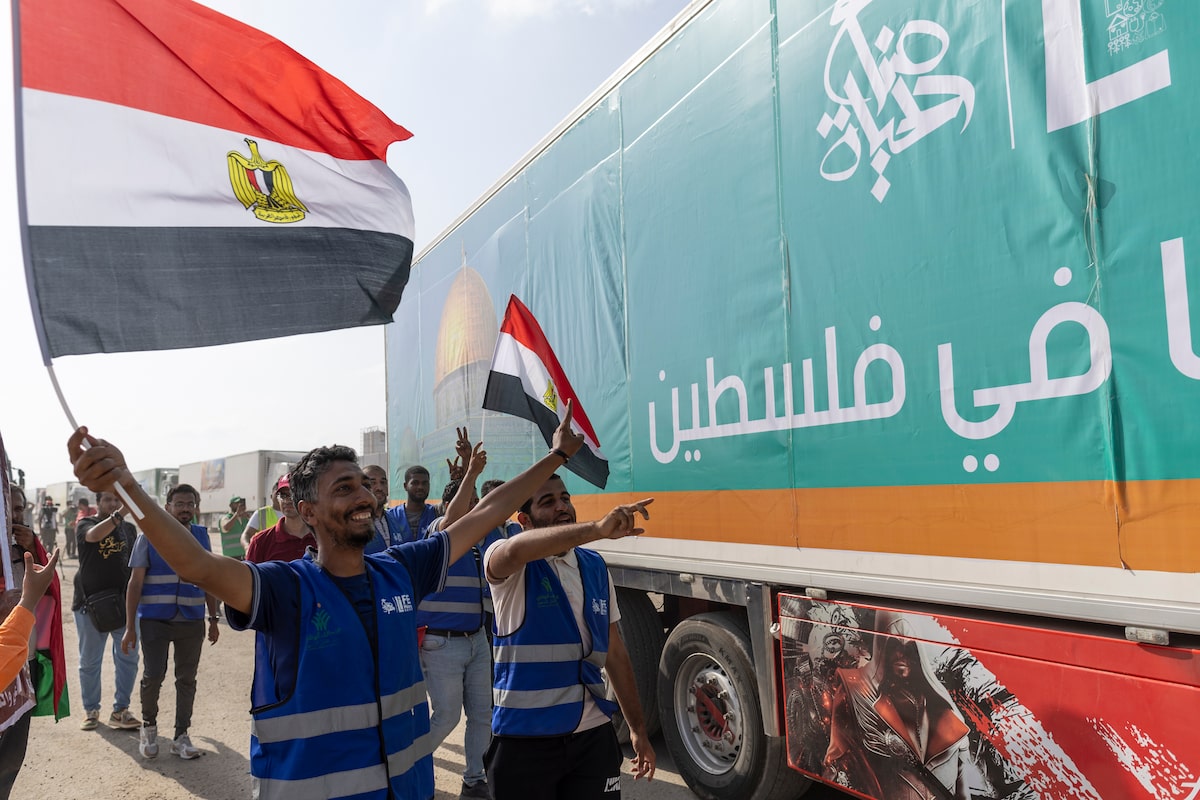
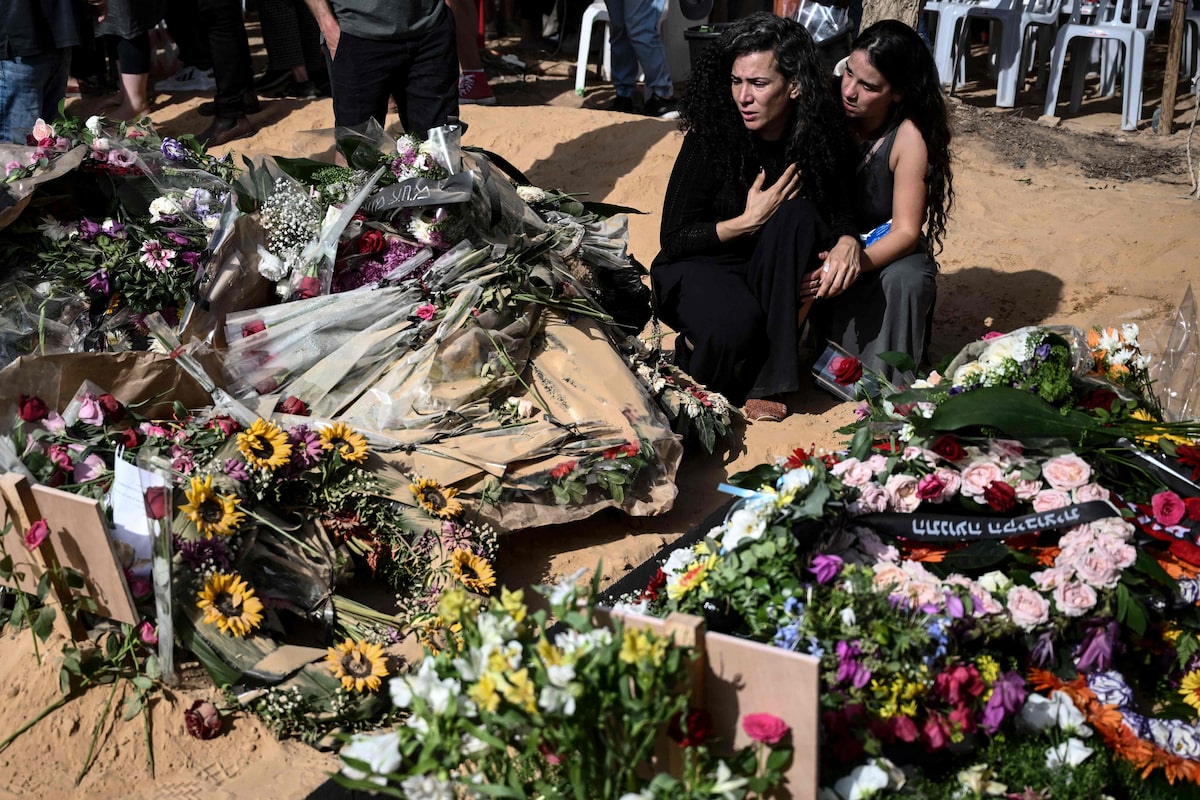
Day 17: Calls for restraint, relief and reflection
In Washington, U.S. officials challenged Israel’s ban on fuel to the Gaza Strip on Oct. 23, stressing that hospitals and desalination plants needed supplies to keep running. In Abu Dhabi, Canada’s Foreign Affairs Minister called on both sides to show more restraint to protect civilians, but stopped short of advising a ceasefire.
Hamas released two elderly women from captivity in Gaza, citing humanitarian reasons, bringing the total of freed hostages to four so far. The women’s husbands – who had been captured alongside them from Kibbutz Nir Oz on Oct. 7 – remained hostages. Families of other captives pleaded with Israel’s government to rein in the war effort to buy time to free their loved ones.
More: Palestinians in the West Bank fear escalating violence that has left dozens dead
Day 18: Pleading for a pause while warning off Iran
Canada supports “humanitarian pauses” to allow aid into Gaza, Mr. Trudeau said on Oct. 24, joining a growing chorus of world leaders calling to avert more Palestinian civilian deaths.
Washington does not want to pick a fight with Tehran, but “if Iran or its proxies attack U.S. personnel anywhere, make no mistake: we will defend our people,” U.S. Secretary of State Antony Blinken told the UN Security Council on Oct. 24, underscoring the fear of further escalations in the Israel-Hamas war.
More: How Lebanon’s financial crisis accidentally prepared it for war
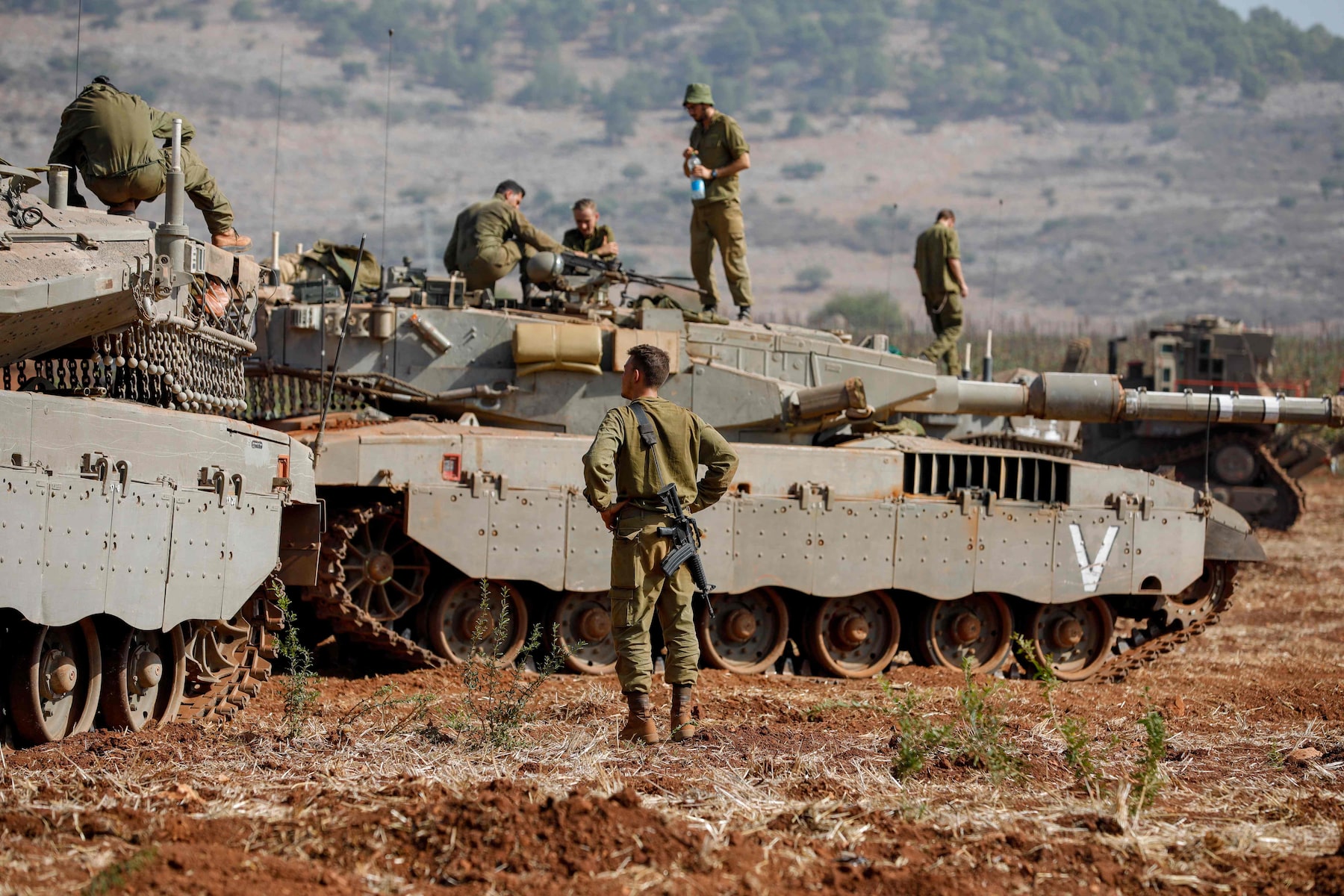
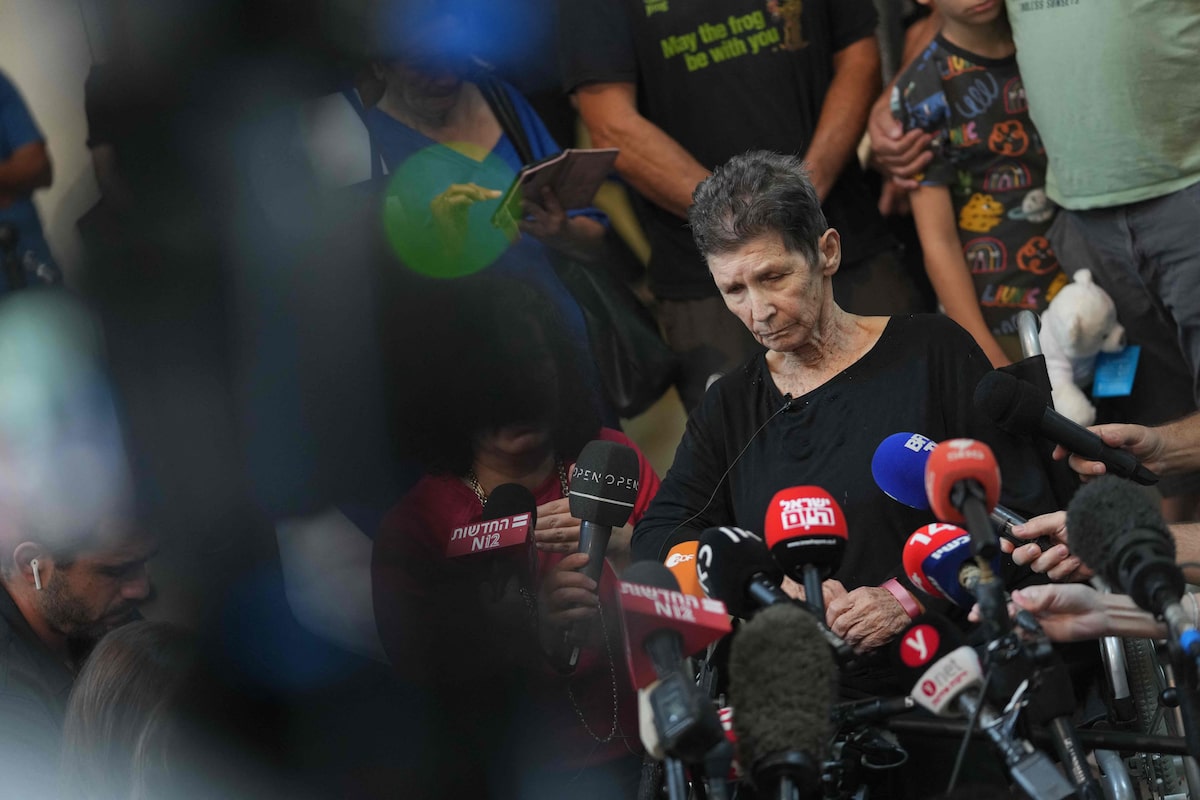
Day 19: UN runs on empty
UN aid groups in Gaza are nearly out of fuel and will have to scale back their efforts, UNRWA, the agency for Palestinian refugees, said on Oct. 25. a spokeswoman told Associated Press that UNRWA must make “excruciating” decisions about where to use the fuel remaining: hospitals, water desalination or trucks carrying supplies.
The UN’s Secretary-General condemned Hamas on Oct. 25 while rejecting claims that he had justified their actions the day before. “This is false. It was the opposite,” Antonio Guterres said, without singling out the Israeli officials who denounced his comment to the Security Council that Oct. 7′s attacks “did not happen in a vacuum.”
More: Tensions rise amid reports white phosphorus was used in Lebanon
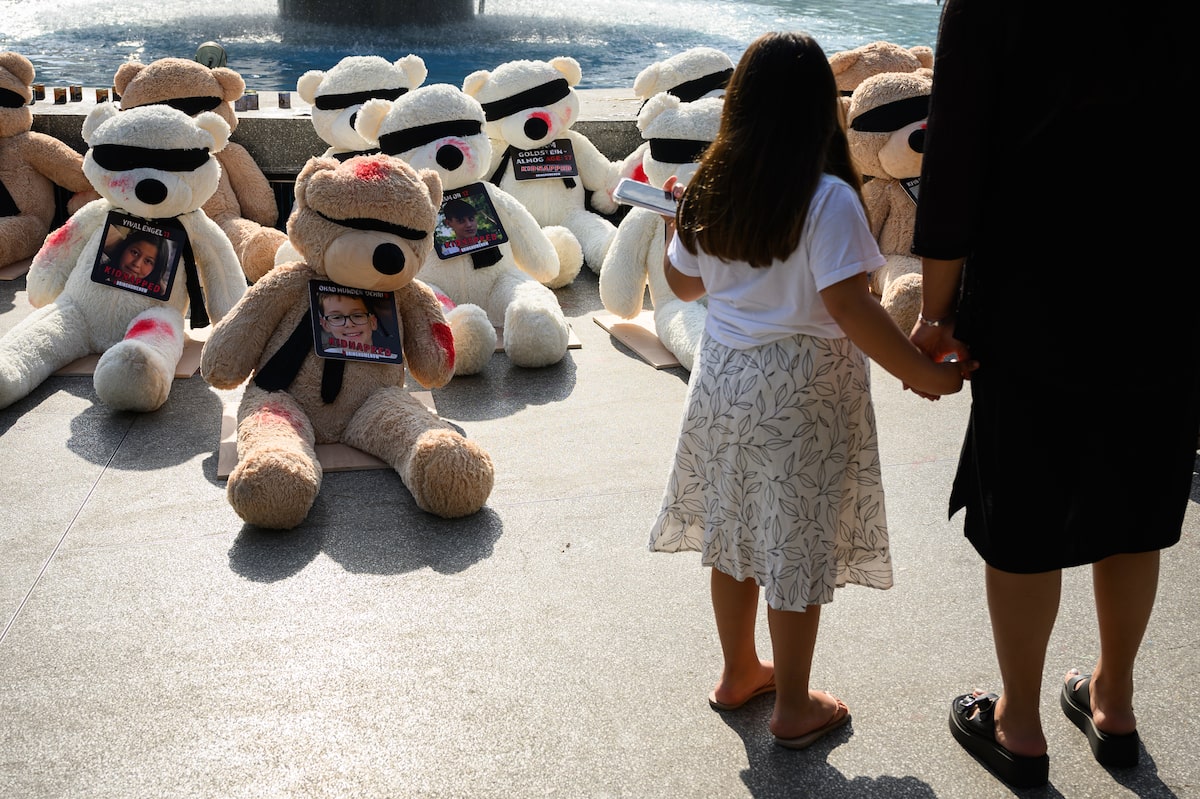
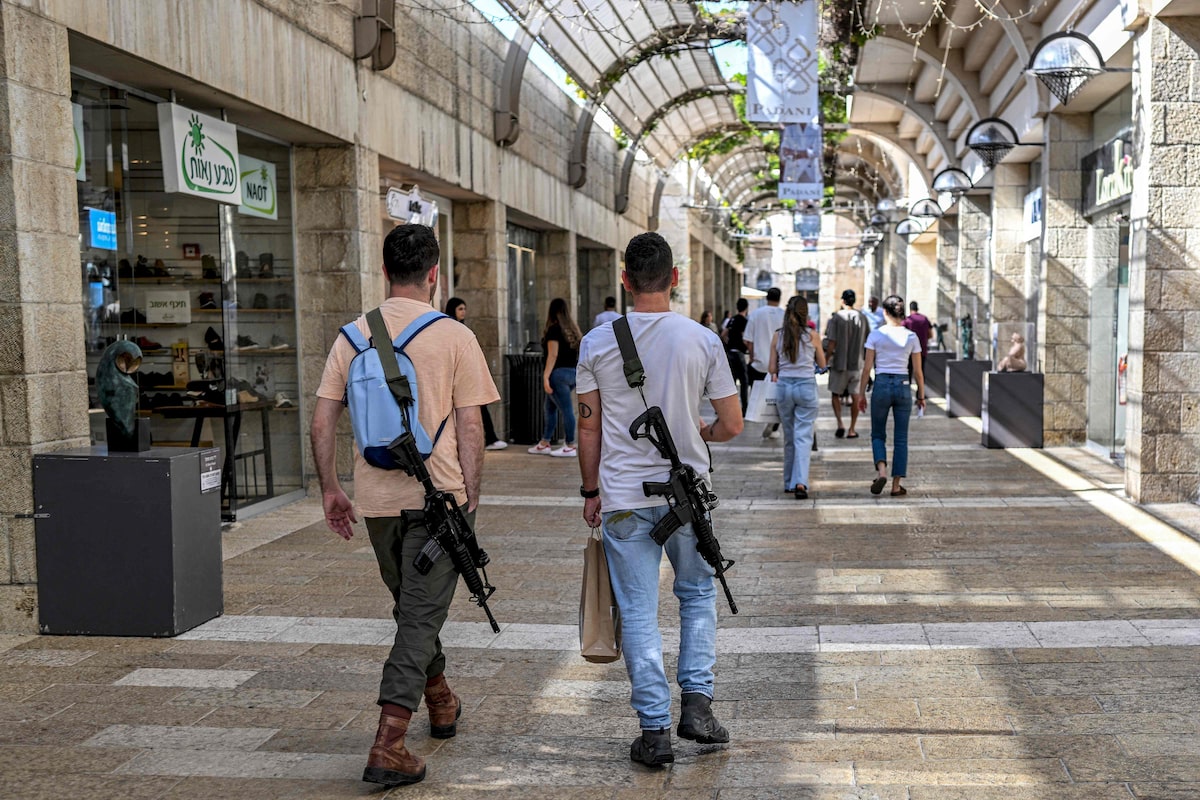
Day 20: A foray into Gaza
Israeli troops made sorties into northern Gaza in the early hours of Oct. 26, hitting several Hamas targets, the military said, calling it the biggest incursion to date before the larger ground assault.
Global Affairs Canada confirmed a seventh person connected with Canada was killed in the Israel-Hamas fighting. A government source told The Globe the person had died in southern Israel on Oct. 7; The Globe is not identifying the source because they were not permitted to disclose details of the incident.
More: In Israel, survivors of Hamas massacre grapple with new realities and traumatic memories
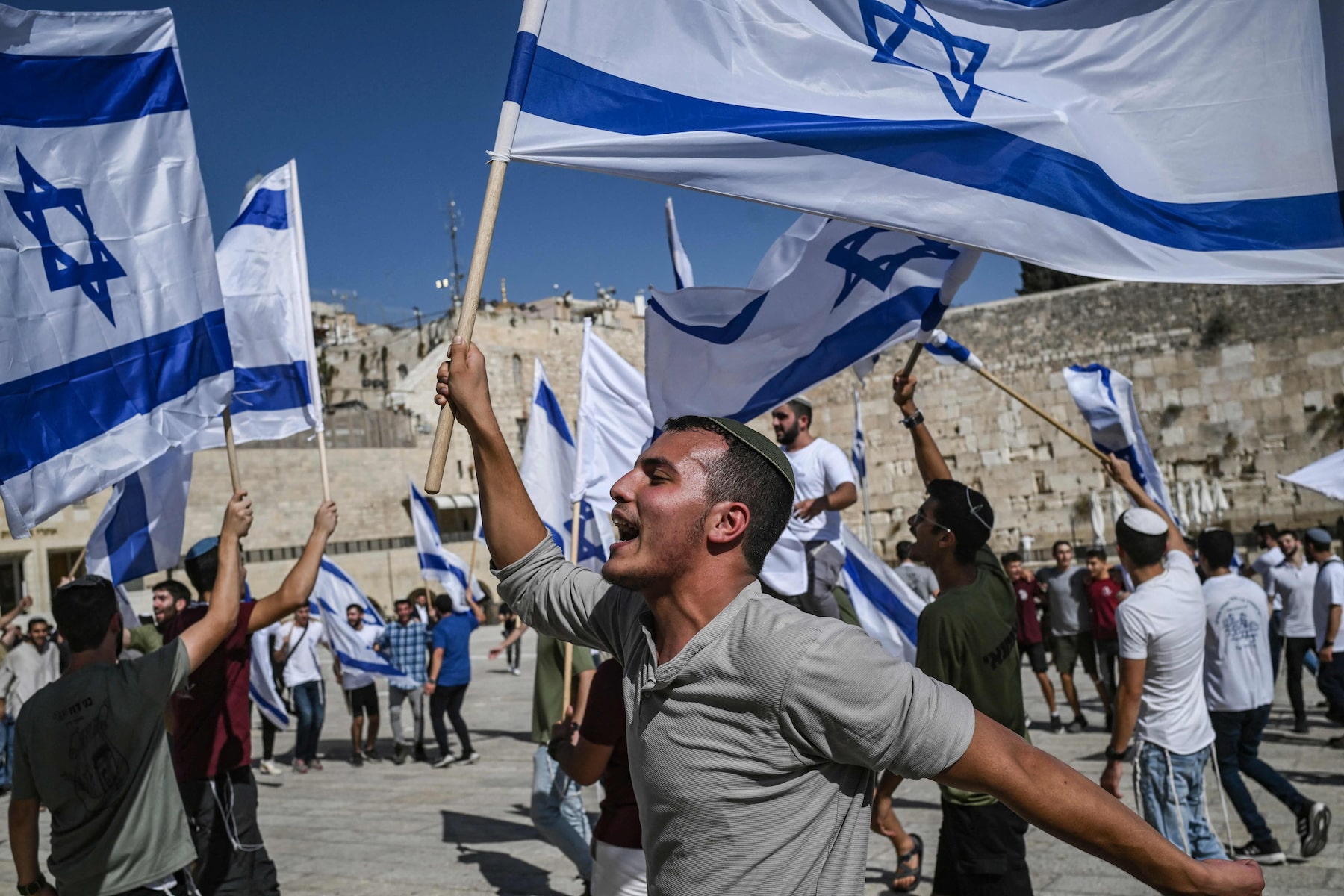
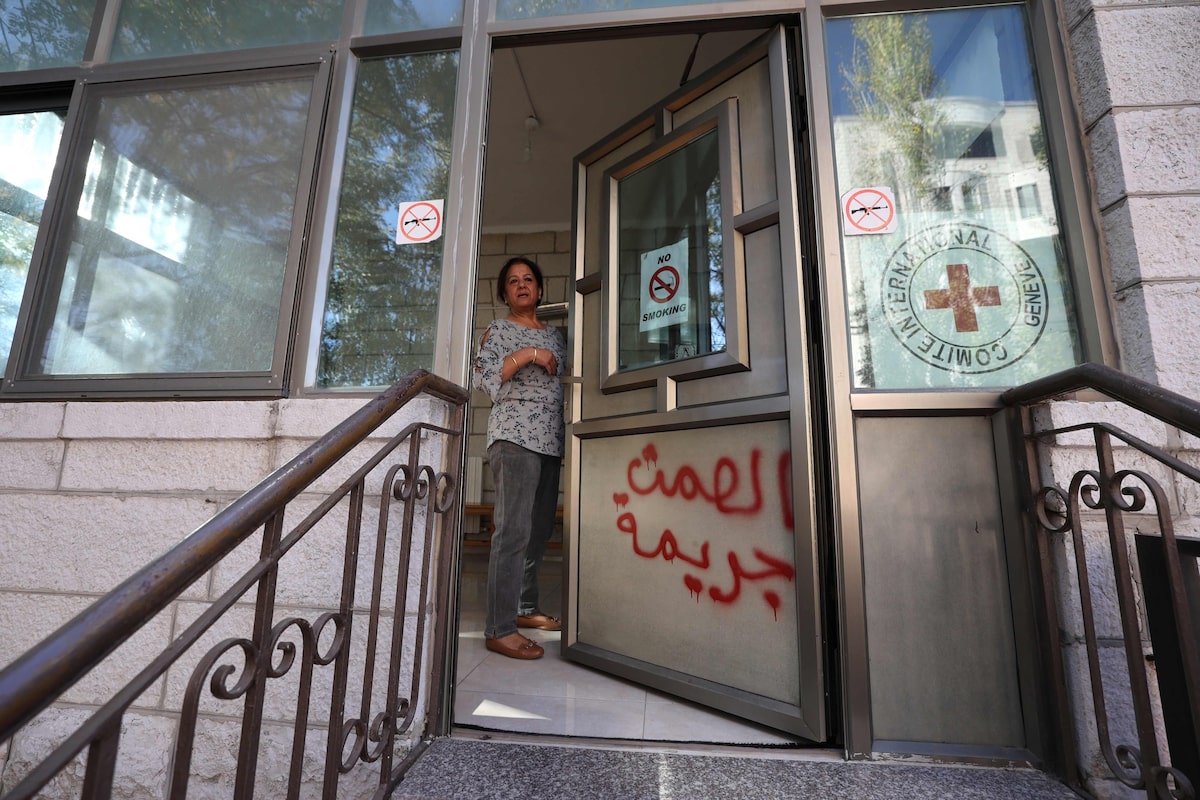
Day 21: Gaza goes dark, digitally
Internet and mobile-phone access collapsed across the Gaza Strip on Friday, a local telecom provider and the Red Crescent said after a day of intensified air strikes that the Israeli military said would pave the way for ground assaults. An army spokesman, Rear Adm. Daniel Hagari, said ground troops would be “expanding their activity this evening.”
Officials from 20 countries, including Canada, were assembled at a base in Cyprus to prepare to evacuate citizens from Lebanon if the war spreads there. In total, the countries plan to take out more than 150,000 people, the deputy commander of the Joint Rescue Coordination Centre told The Globe and Mail.
In Cyprus, Canadian soldiers await potential orders for evacuation of citizens in Lebanon
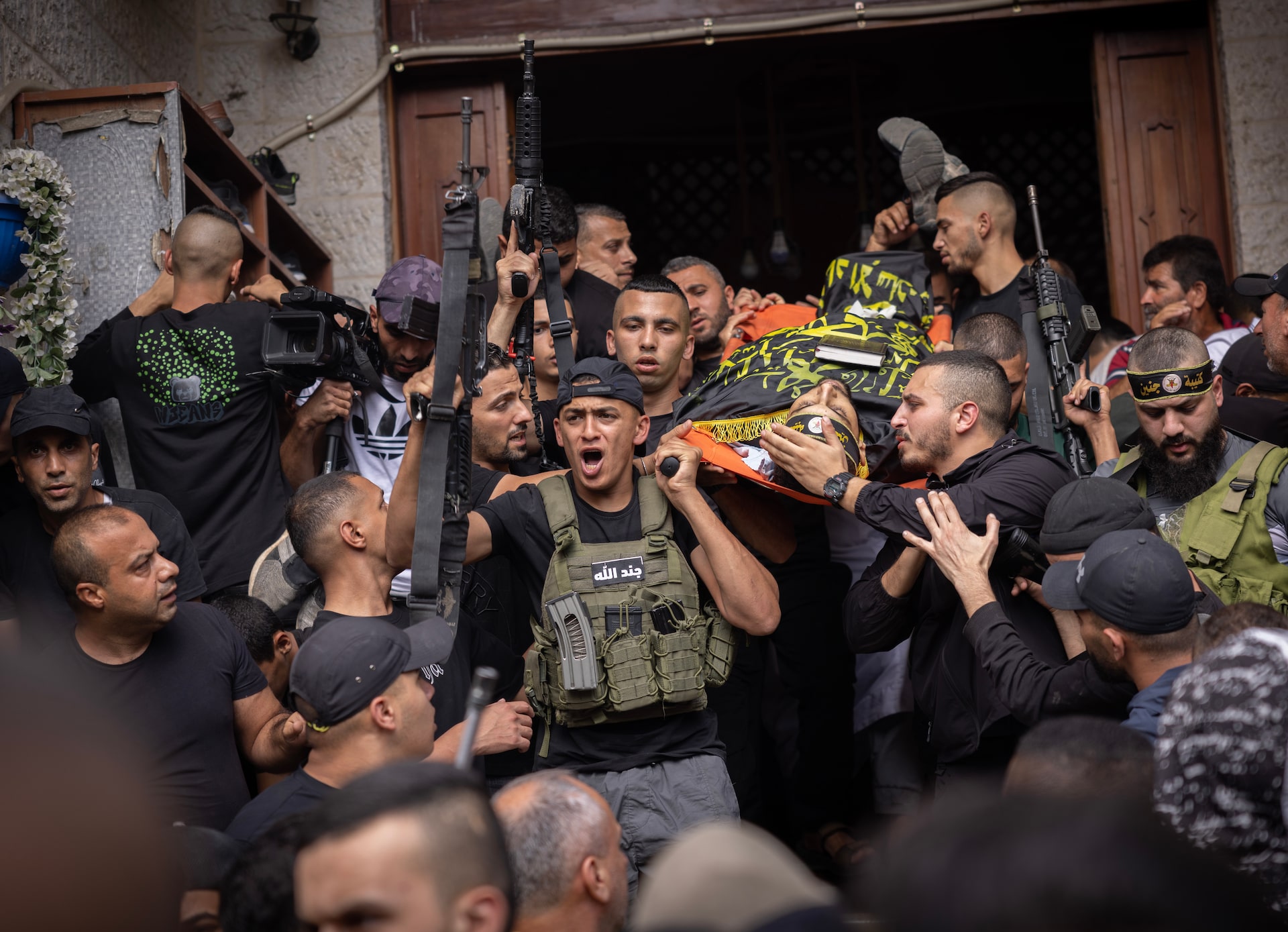
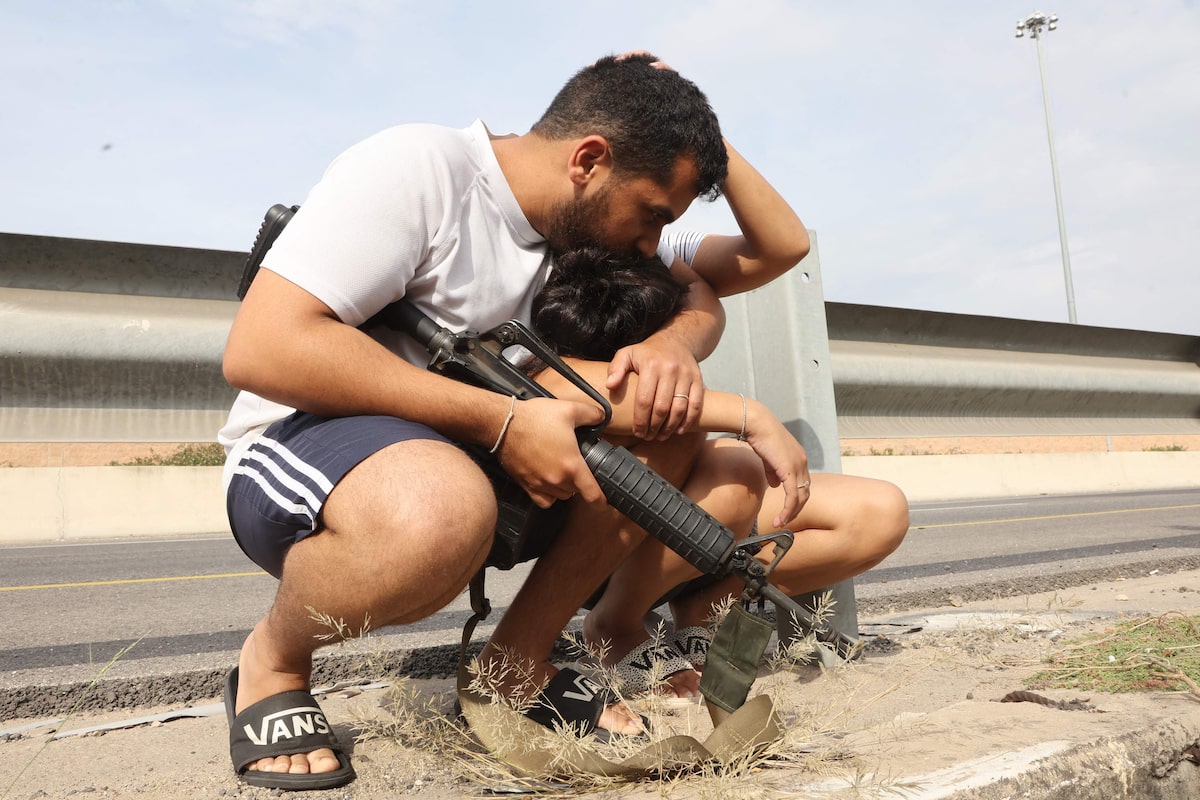
Day 22: The ‘second stage’
Israel widened ground operations in northern Gaza on Oct. 28, in what Mr. Netanyahu – speaking in his first national TV address of the war – called the “second stage” of a plan to destroy Hamas’s ability to fight and govern. Details were scarce on the size of the deployment, but the military said one of its main objectives was to clear and collapse Hamas's network of tunnels.
The communication blackout left Palestinian diasporas, including Canada's, anxious for news about loved ones in Gaza. Global Affairs Canada reiterated that it was trying to help Canadians stuck there find options to leave safely.
More: Biden’s support of Israel puts election campaign and foreign policy to a difficult test
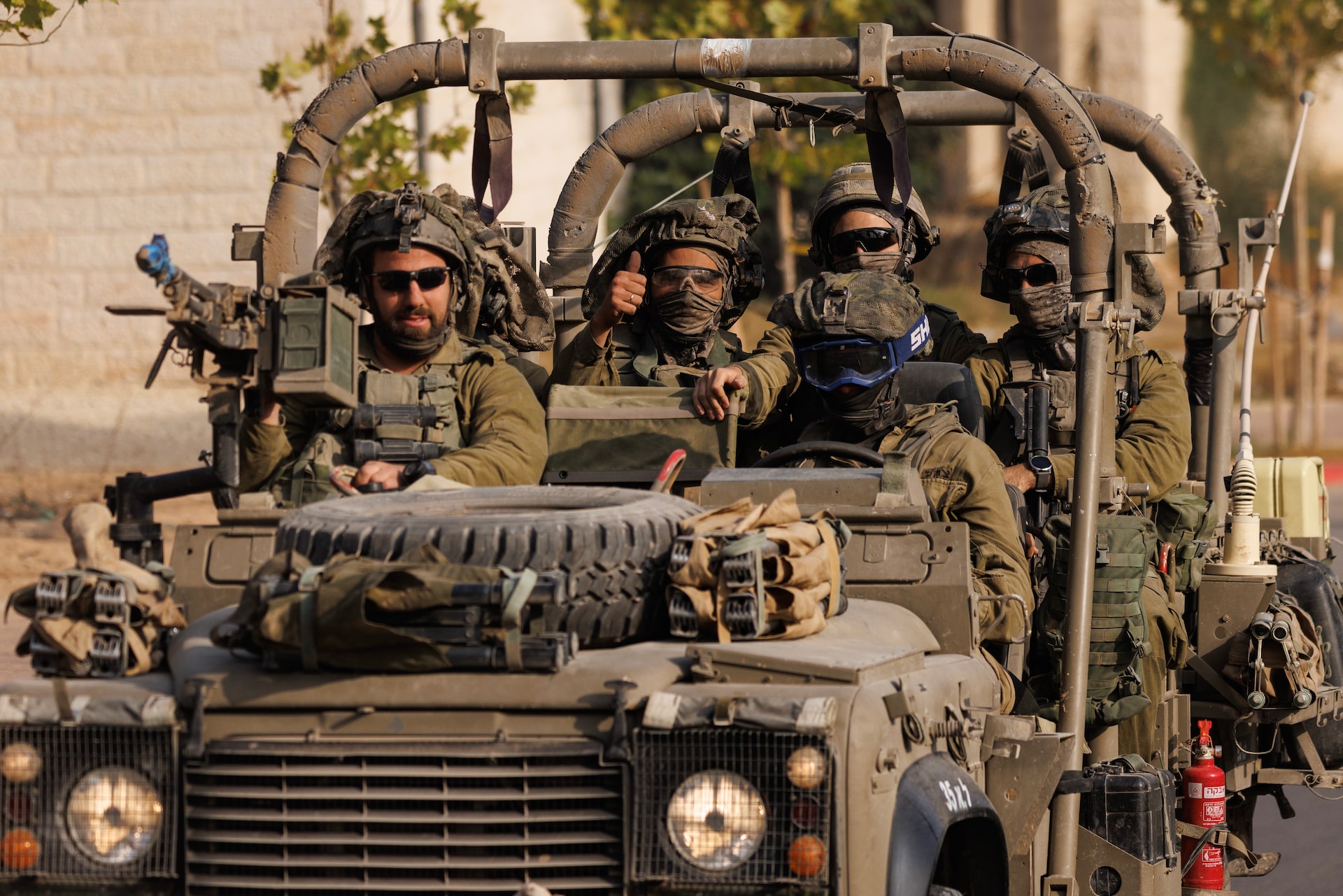
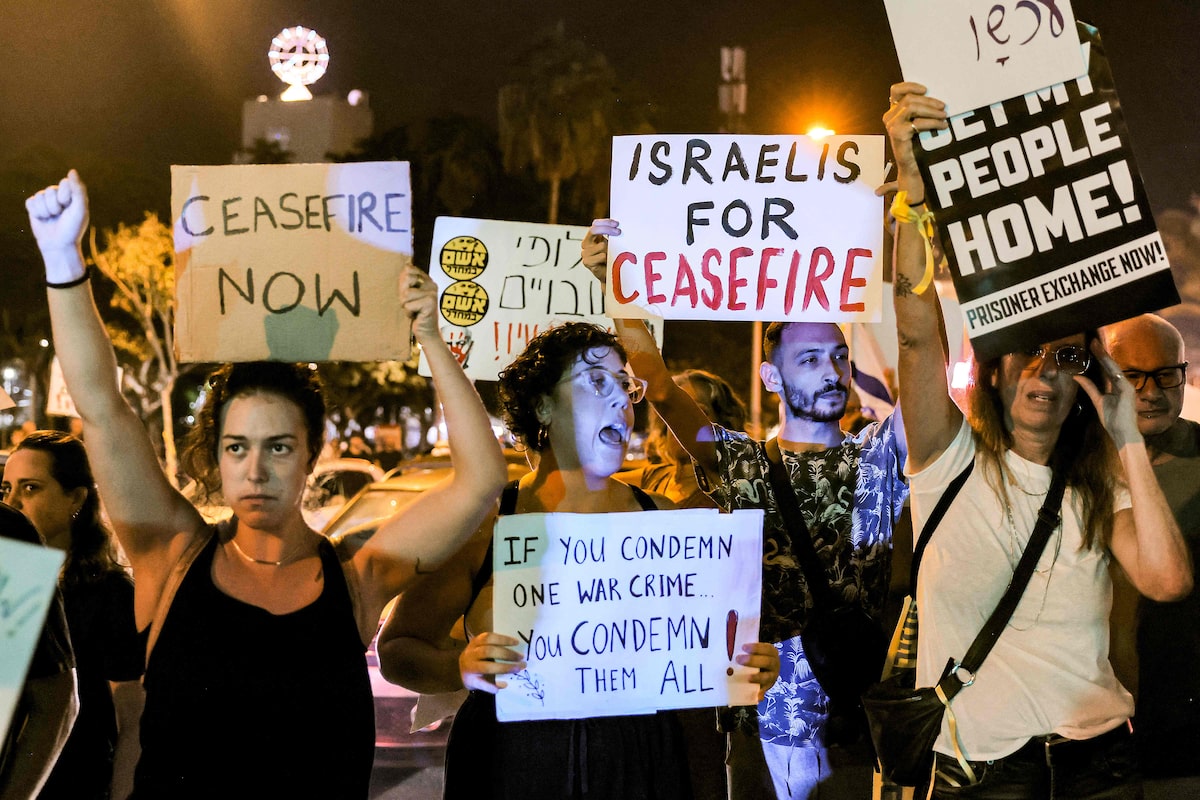
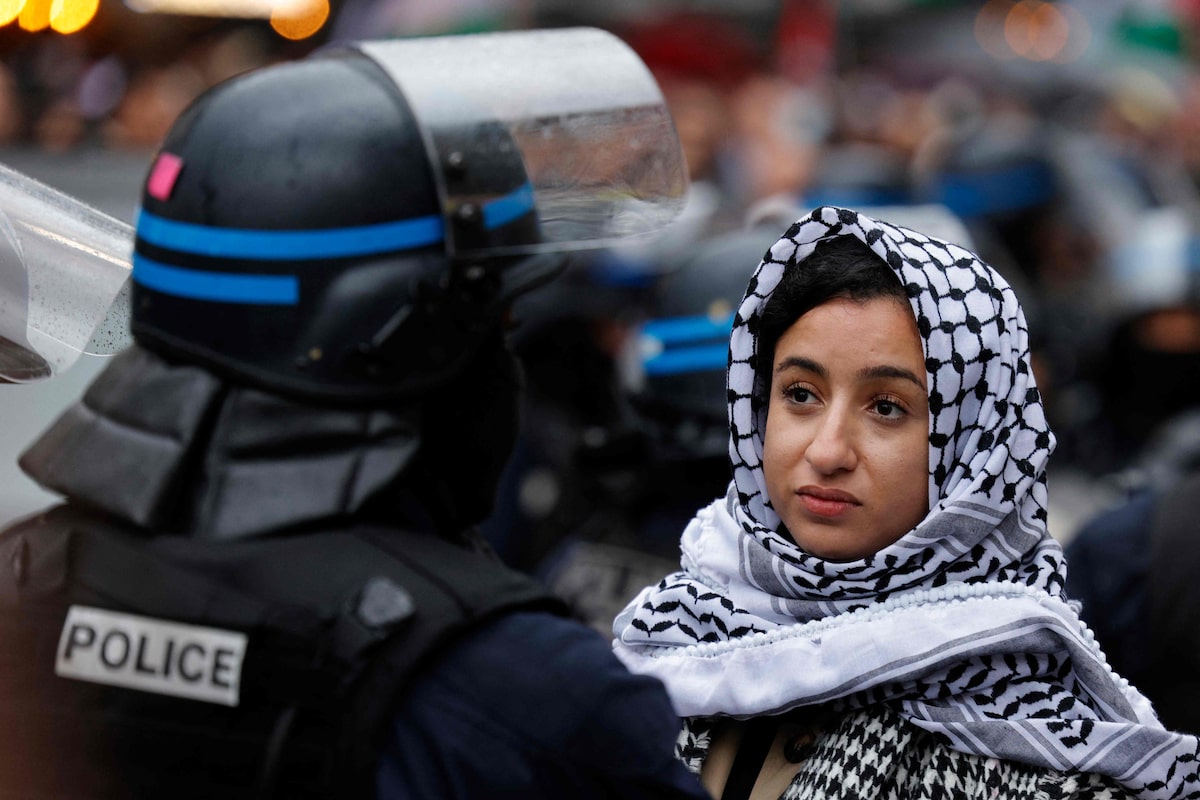
Day 23: The fog lifts
Mobile-phone and internet service began to be restored in Gaza on Oct. 29, giving the world a somewhat clearer picture of the ground offensive. Social-media posts appeared to show troops approaching Gaza City and waving the Israeli flag at a beach hotel in the Gaza Strip.
In Khan Younis, thousands of Palestinians looted a United Nations warehouse, angered to see stockpiles of flour and cooking oil inside. “They want to survive. That’s it,” journalist Fadi Hanuneh told The Globe.
More: Former Israeli PM says international troops should help stabilize Gaza after war
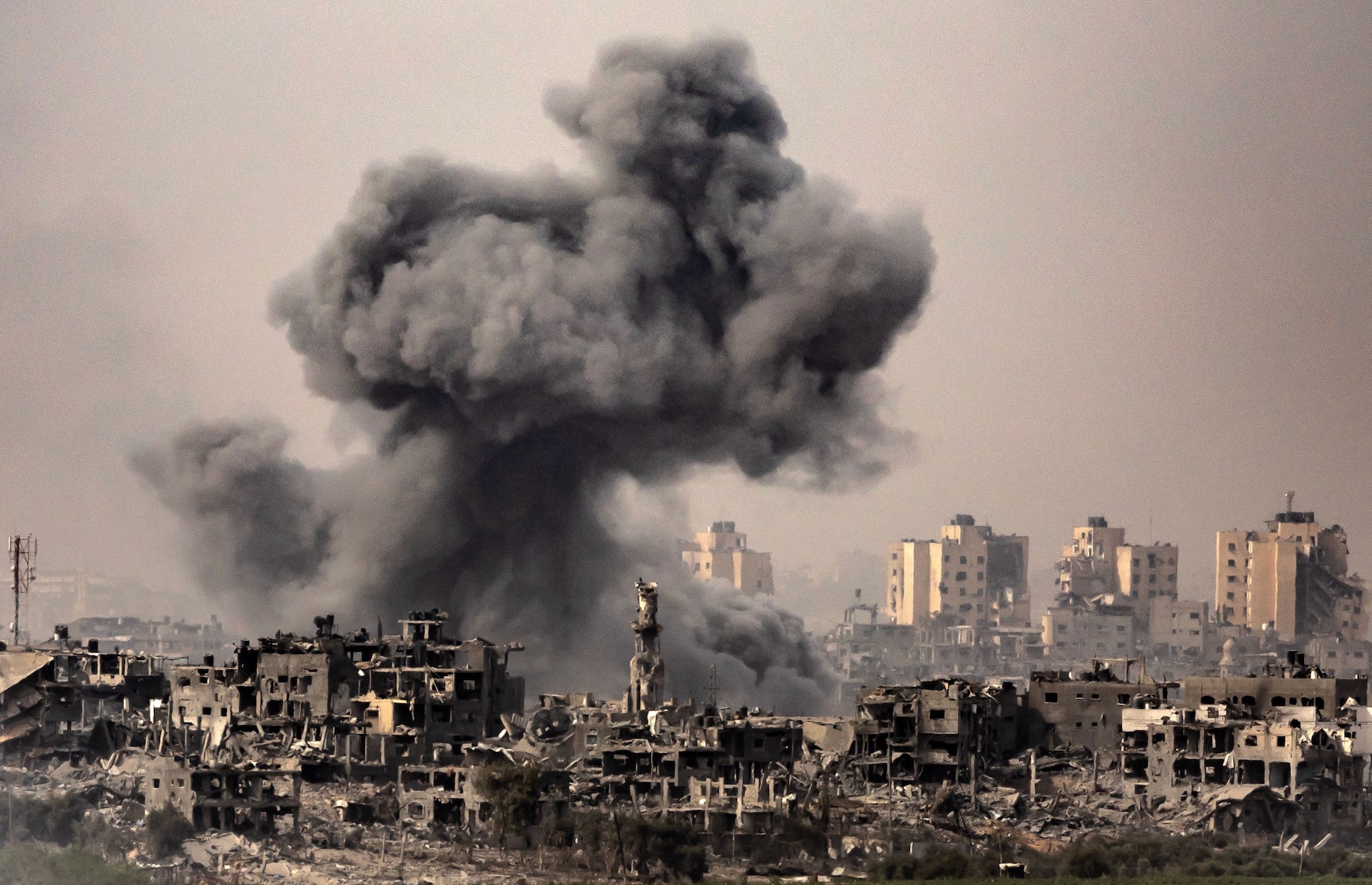
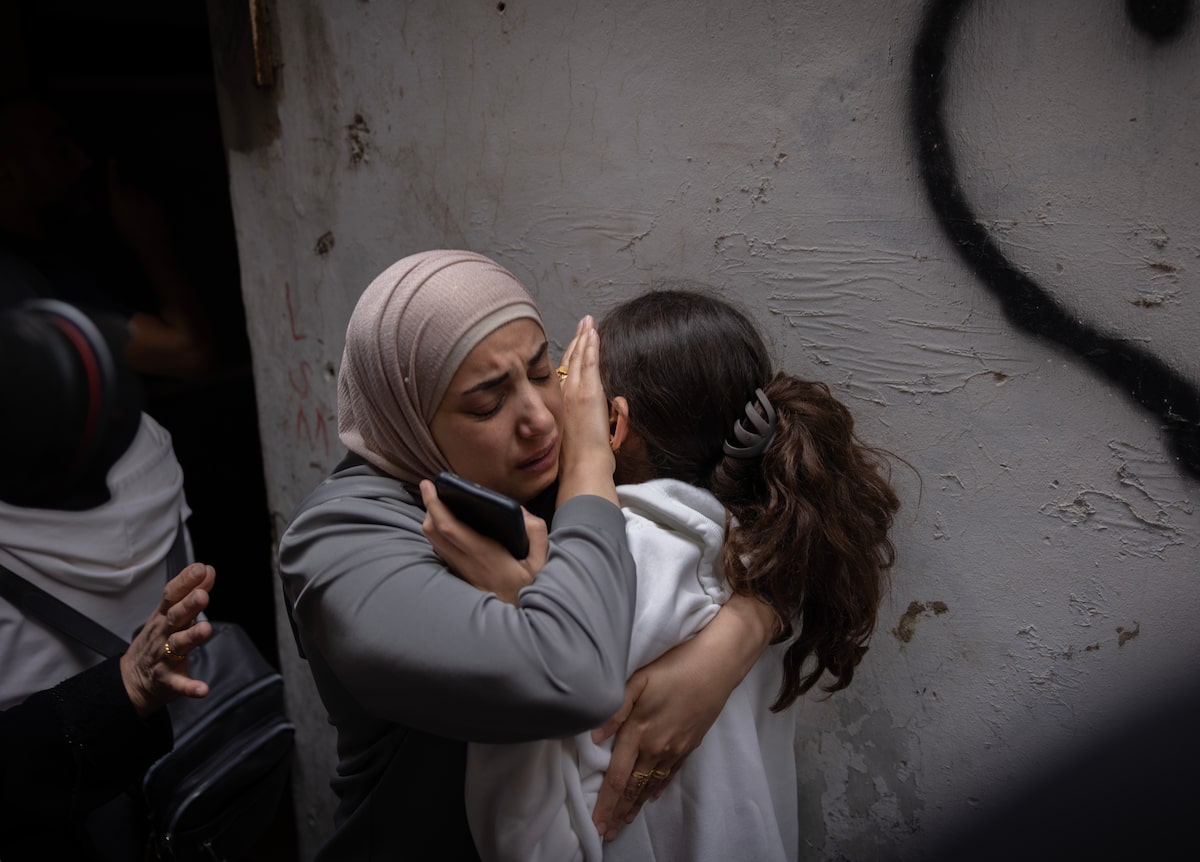
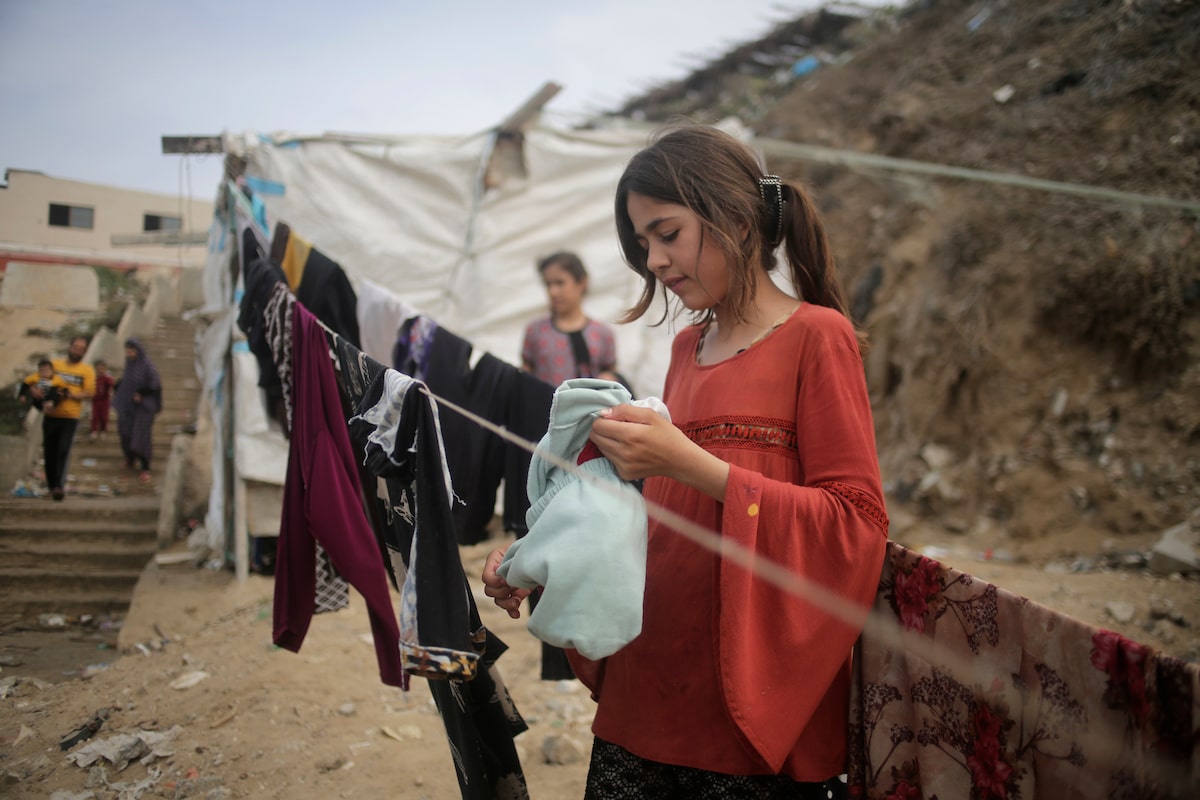
Day 24: One Hamas hostage freed, dozens more to go
Israeli troops freed a comrade from militants in Gaza on Oct. 30 as they closed in on Gaza City from two sides. Private Ori Megidish had been captured in the Oct. 7’s attack, and Mr. Netanyahu said her safe return “illustrates our commitment to free all the hostages.”
In Russia, a senior rabbi pressed the Kremlin to punish antisemitic rioters in Dagestan after they stormed a flight from Tel Aviv at the airport in Makhachkala, the Muslim-majority region’s capital. Police said they arrested 60 members of the mob, which was apparently egged on by posts on the Telegram messaging app that said “unclean” visitors were coming.
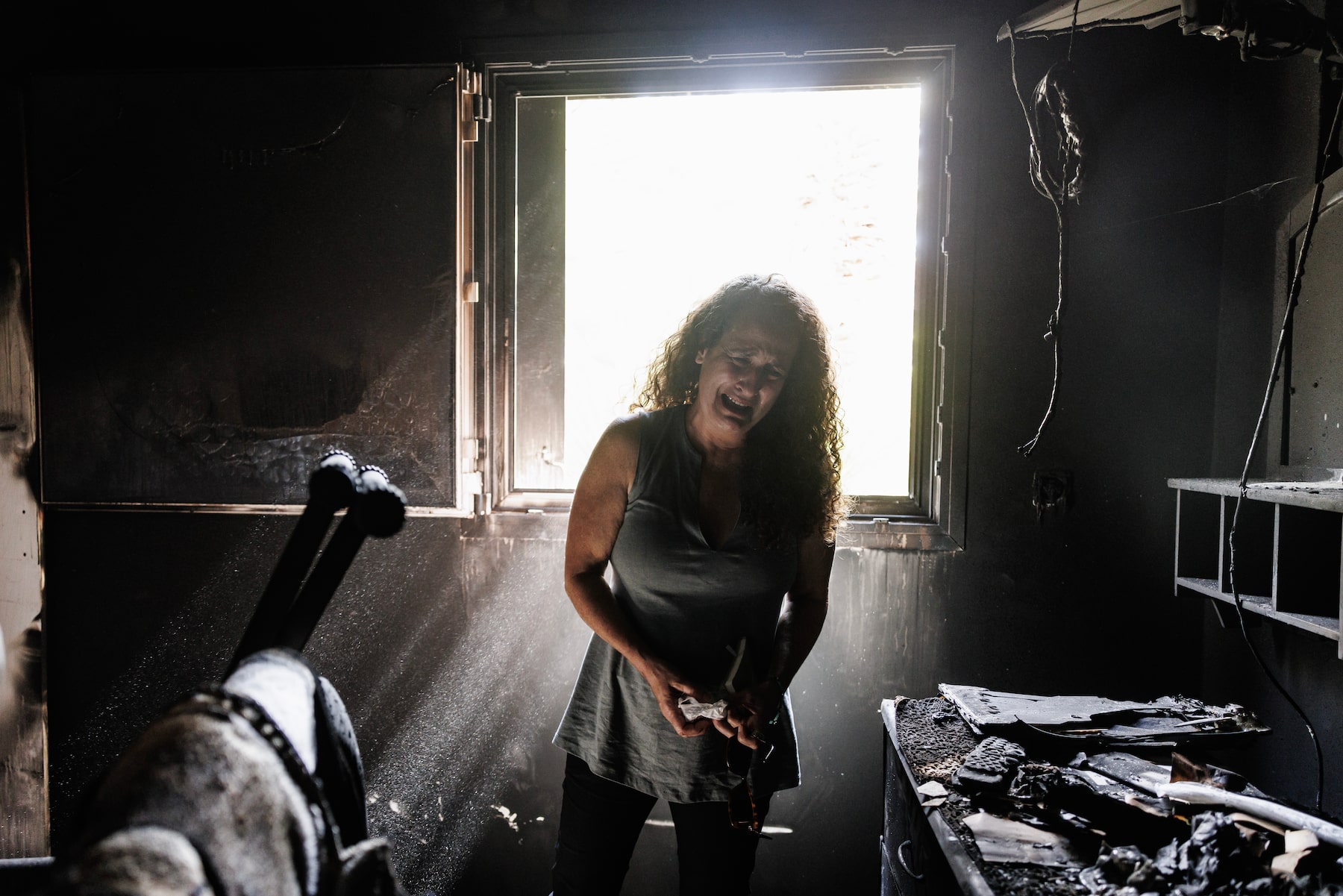
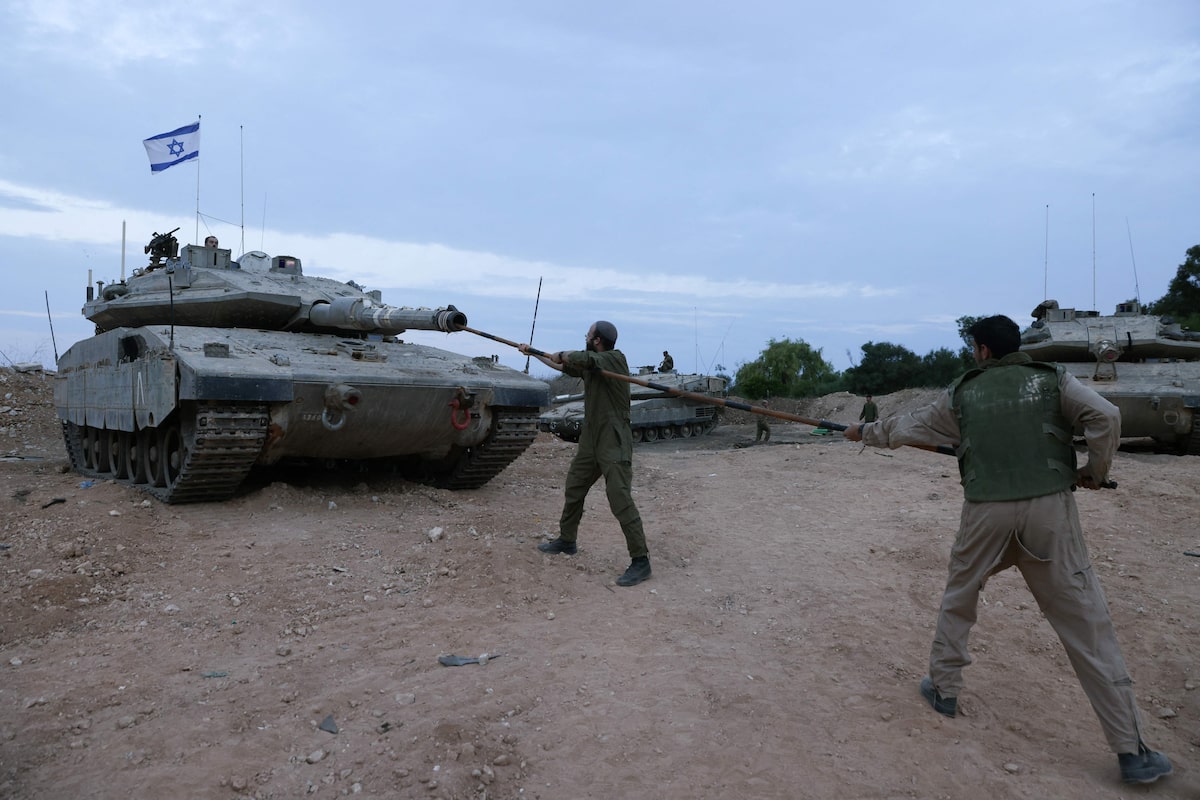
Day 25: No refuge in Jabaliya
Palestinians at Gaza’s Jabaliya refugee camp scrambled to find survivors on Oct. 31 after air strikes levelled apartment complexes that the Israeli military said had been taken over by Hamas. Israel said the attack killed Ibrahim Biari, a senior Hamas figure it alleged had been a key planner of the Oct. 7 massacre.
In Washington, Mr. Biden threatened to veto a House Republican bill that would give military aid to Israel but not Ukraine, which is still fighting an invasion by Russia. Members of Mr. Biden’s cabinet pressed the Senate for more funding at hearings where pro-Palestinian protesters repeatedly interrupted them.
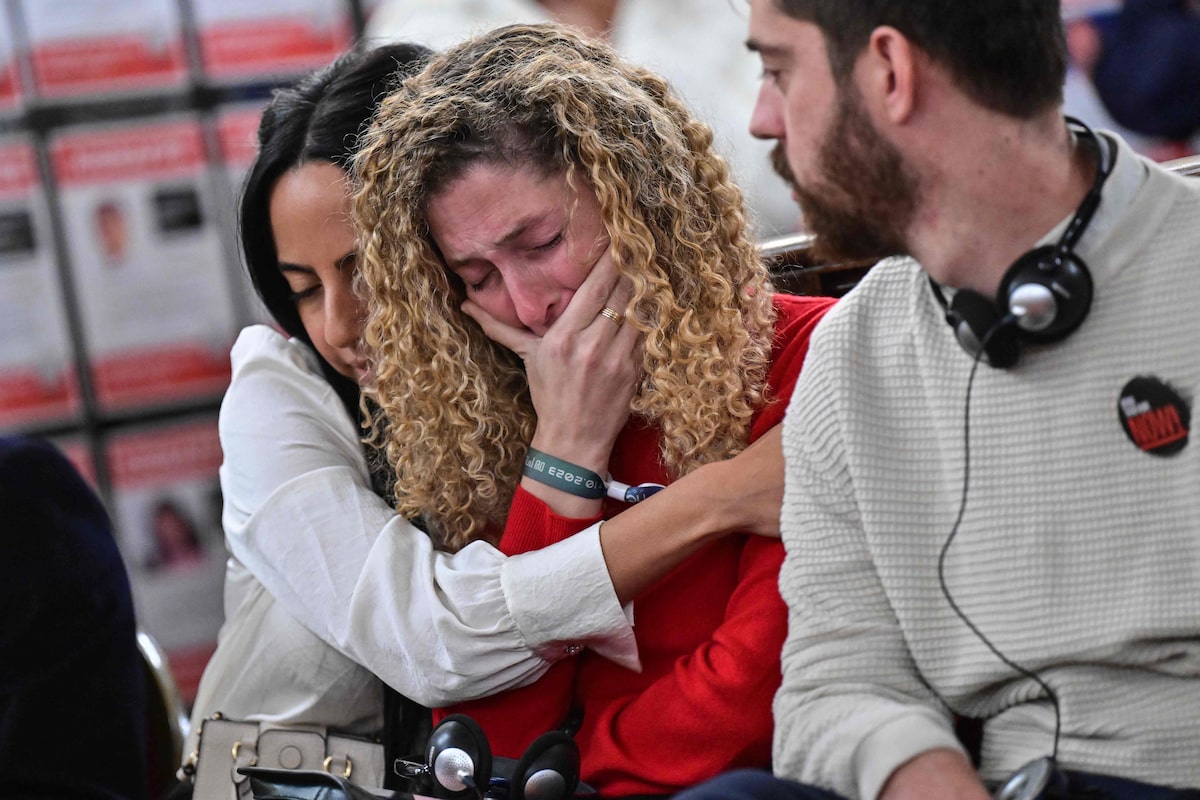
Day 26: The first ones out
The first group of Palestinian dual nationals crossed through Rafah into Egypt on Nov. 1, ending more than three weeks of waiting to escape southern Gaza. One Canadian was among them, according to Global Affairs Canada, which has fielded requests for help from more than 450 Canadians in Palestinian territory since the war began.
Jordan recalled its ambassador from Tel Aviv on Nov. 1 to protest against Israel’s bombardment of Gaza, and said he would not return unless the war and “unprecedented humanitarian catastrophe” stopped. Israel’s envoy left Amman two weeks ago amid protests.
More: Volunteers help out on Israeli farms near Gaza border to save crops threatened by war
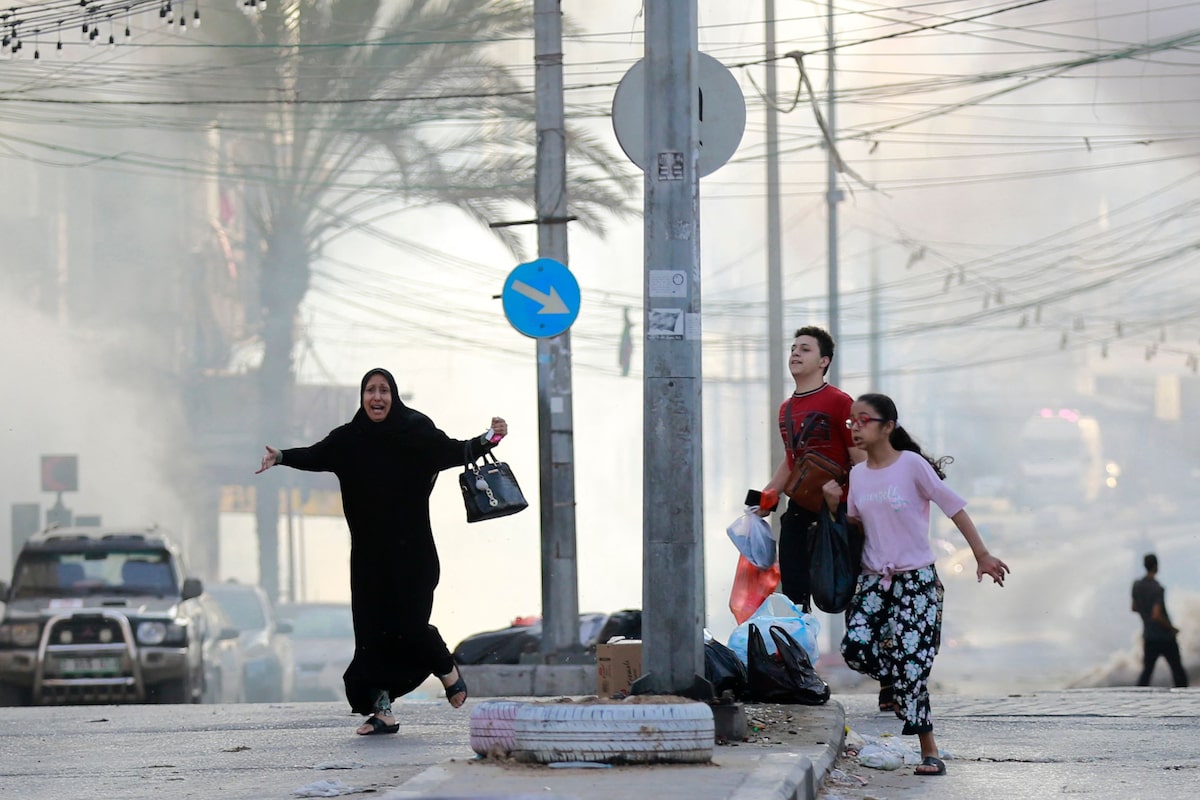
Day 27: New weapons, new dangers
Hezbollah sent explosive drones to attack Israeli troops, the militant group said on Nov. 2, signalling a new first in the tactics used in Lebanese-Israeli border skirmishes. A day earlier, Hezbollah announced another precedent-setting attack, a surface-to-air missile that shot down an Israeli drone.
In Rafah, Canadian citizens and permanent residents were apparently denied permission to leave Gaza, but Global Afairs Canada said it was hopeful for daily departures in the future.
More: Israeli scientist who helped African farmers fight hunger is now a hostage of Hamas
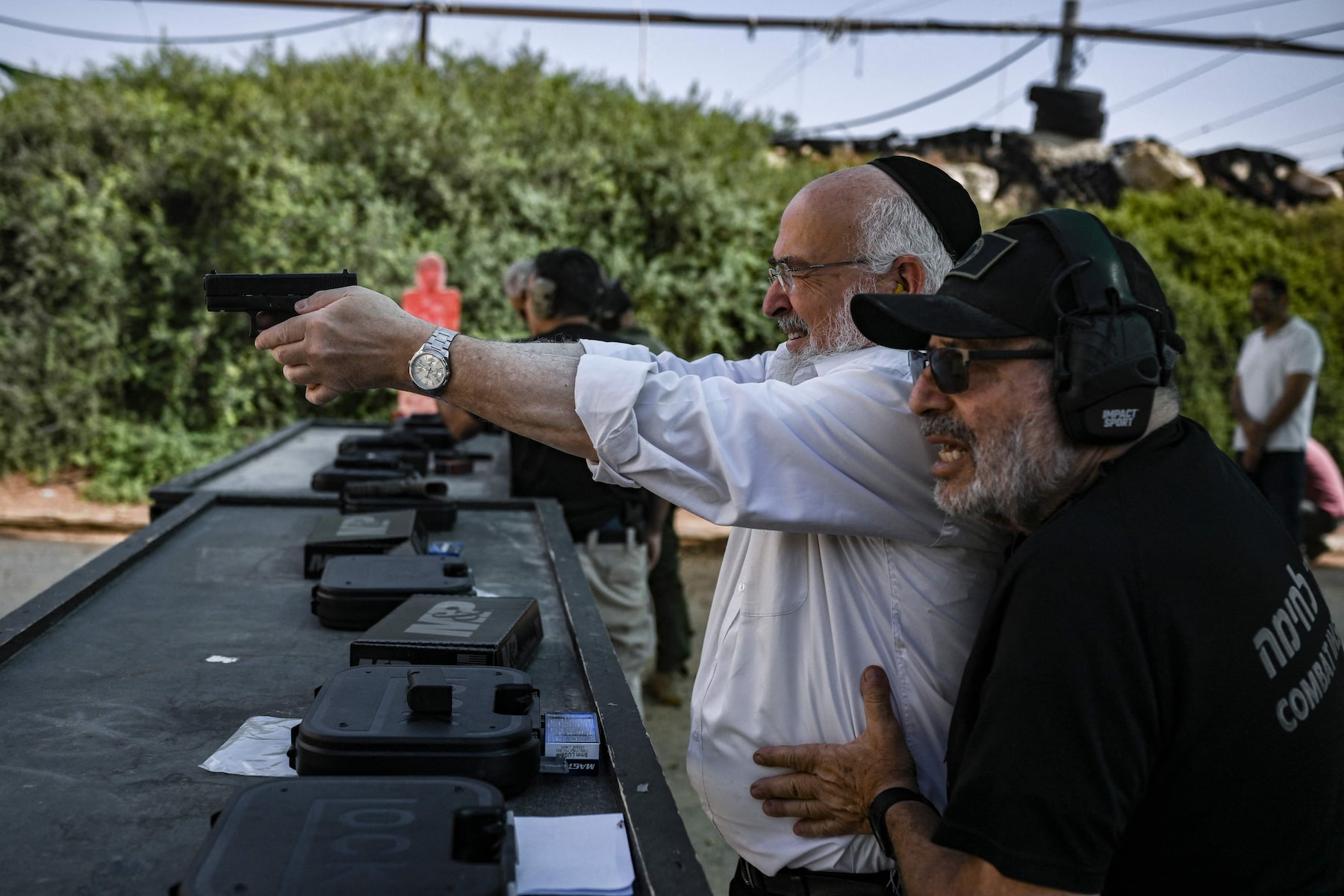
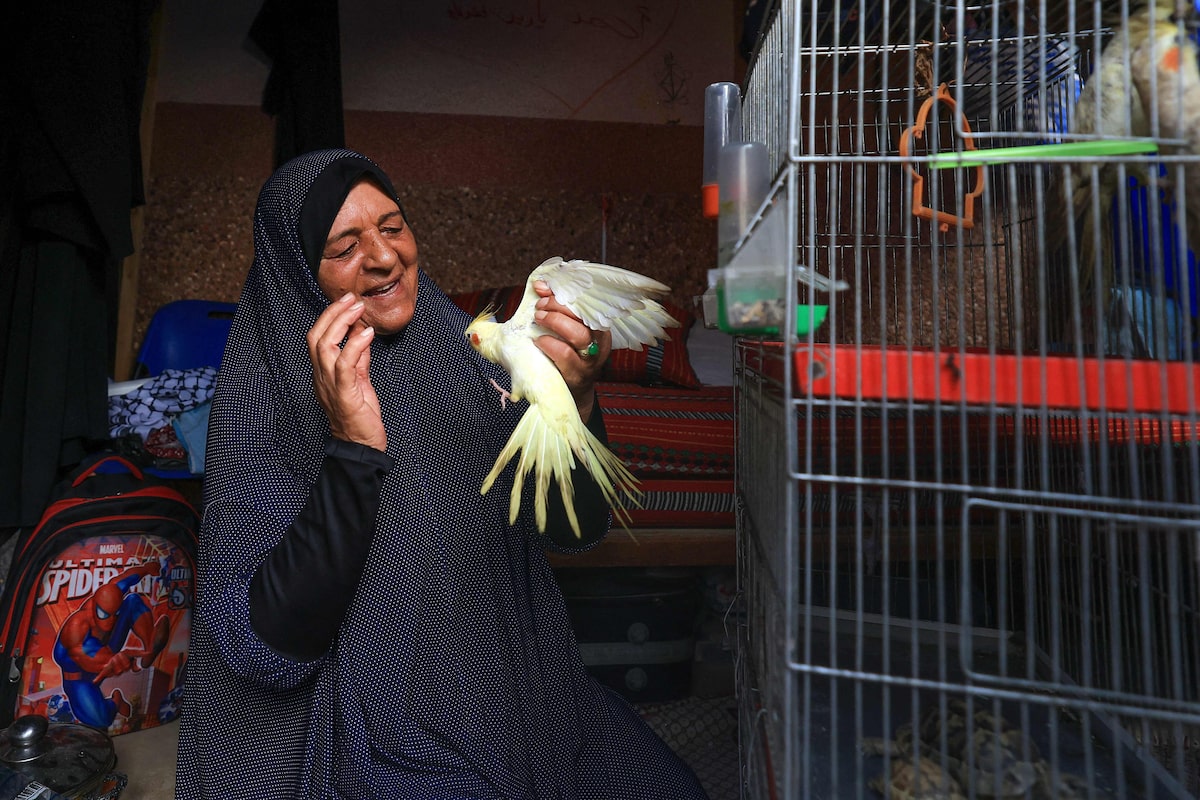
Day 28: Hezbollah would like a word
Oct. 7 was a “100-per-cent Palestinian” operation, Hezbollah leader Sayyed Hassan Nasrallah said in a Nov. 3 speech, apparently distancing his Iranian-backed group from the initial attacks while supporting Hamas’s actions since. He did not rule out an escalation by his forces in Lebanon and said an all-out regional conflict was a “very likely possibility” unless fighting in Gaza stopped, and he called on Arab countries to cut off food and oil shipments to Israel to apply pressure.
U.S. Secretary of State Antony Blinken returned to Tel Aviv on Nov. 3, telling reporters that more needs to be done to protect Palestinian civilians and get both sides back on track for a two-state solution. That work must begin “not tomorrow, not after today, but today.”
More: What would a ceasefire or ‘humanitarian pause’ mean in the Israel-Hamas war?
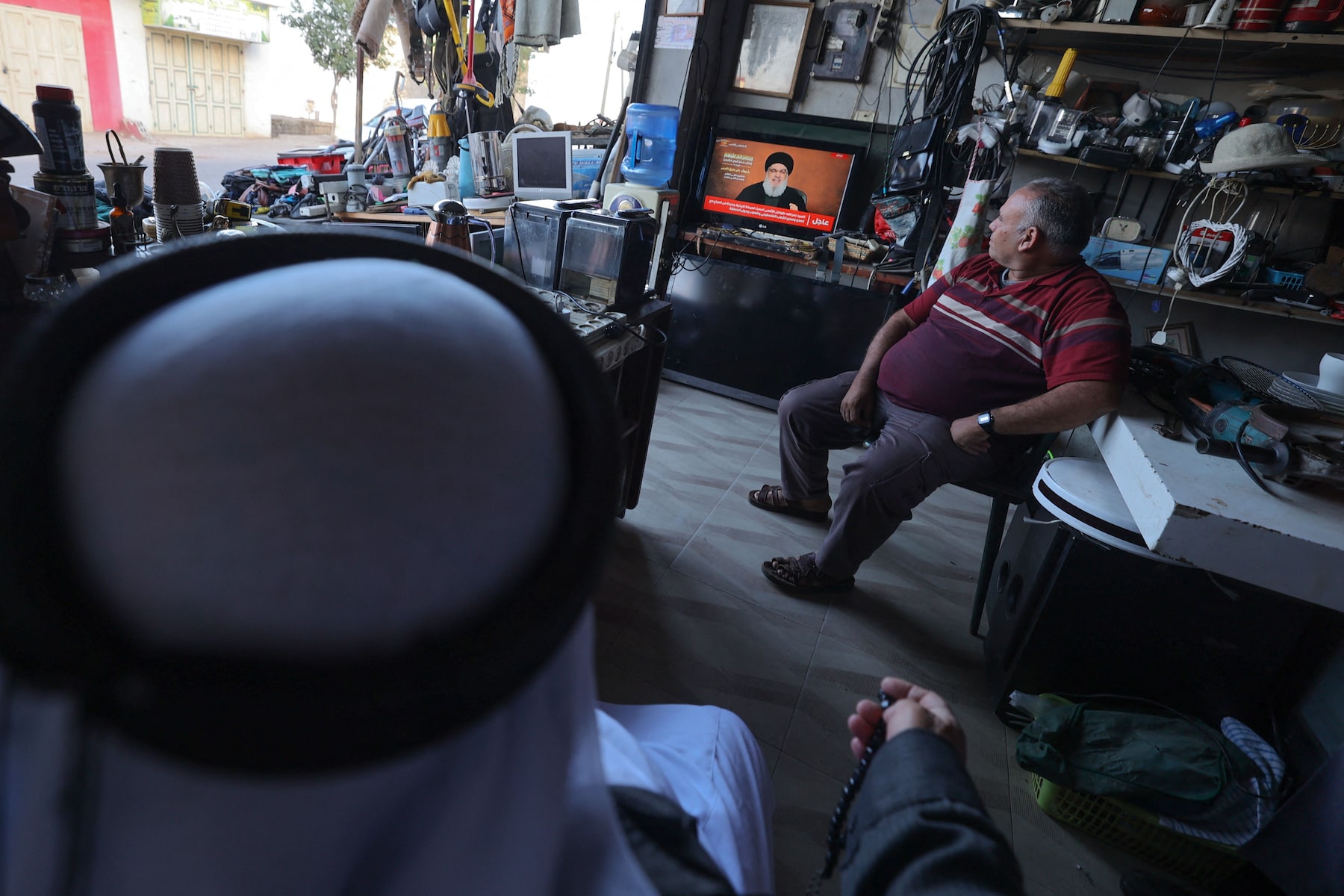
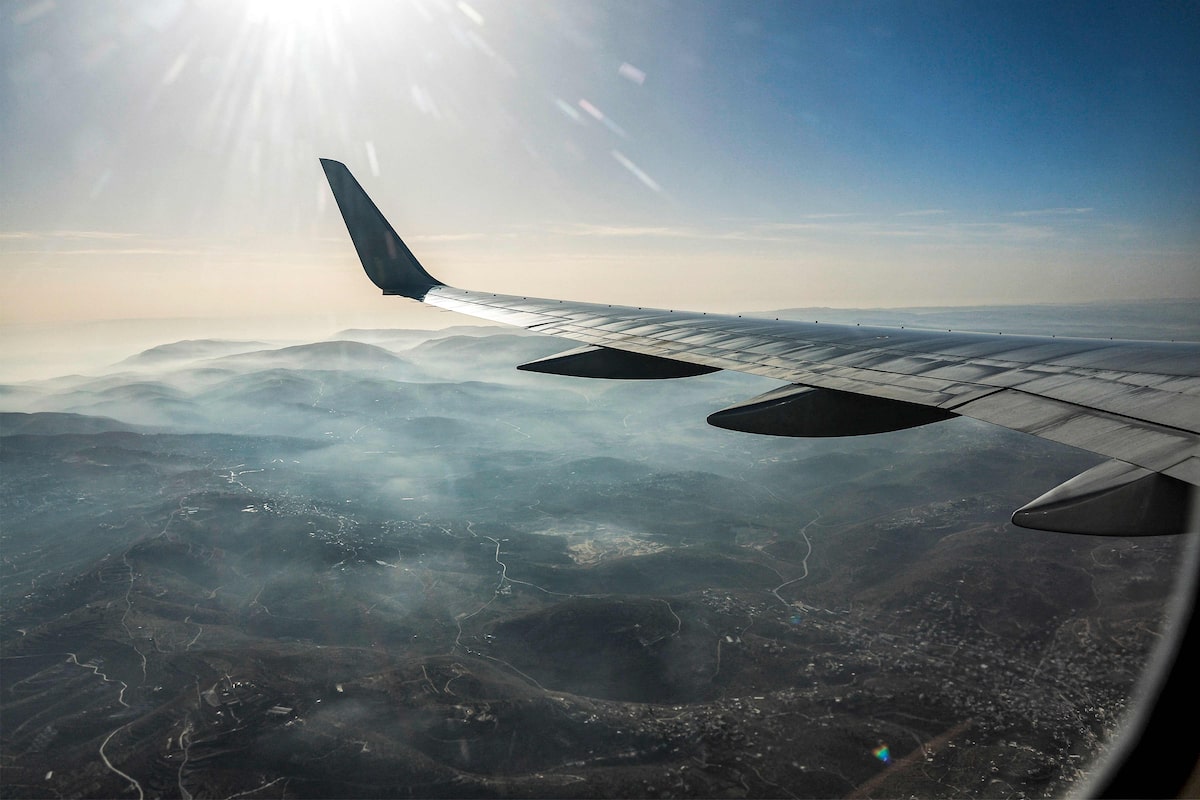
With reports from Mark MacKinnon, Geoffrey York, Nathan Vanderklippe, The Canadian Press, Associated Press and Reuters